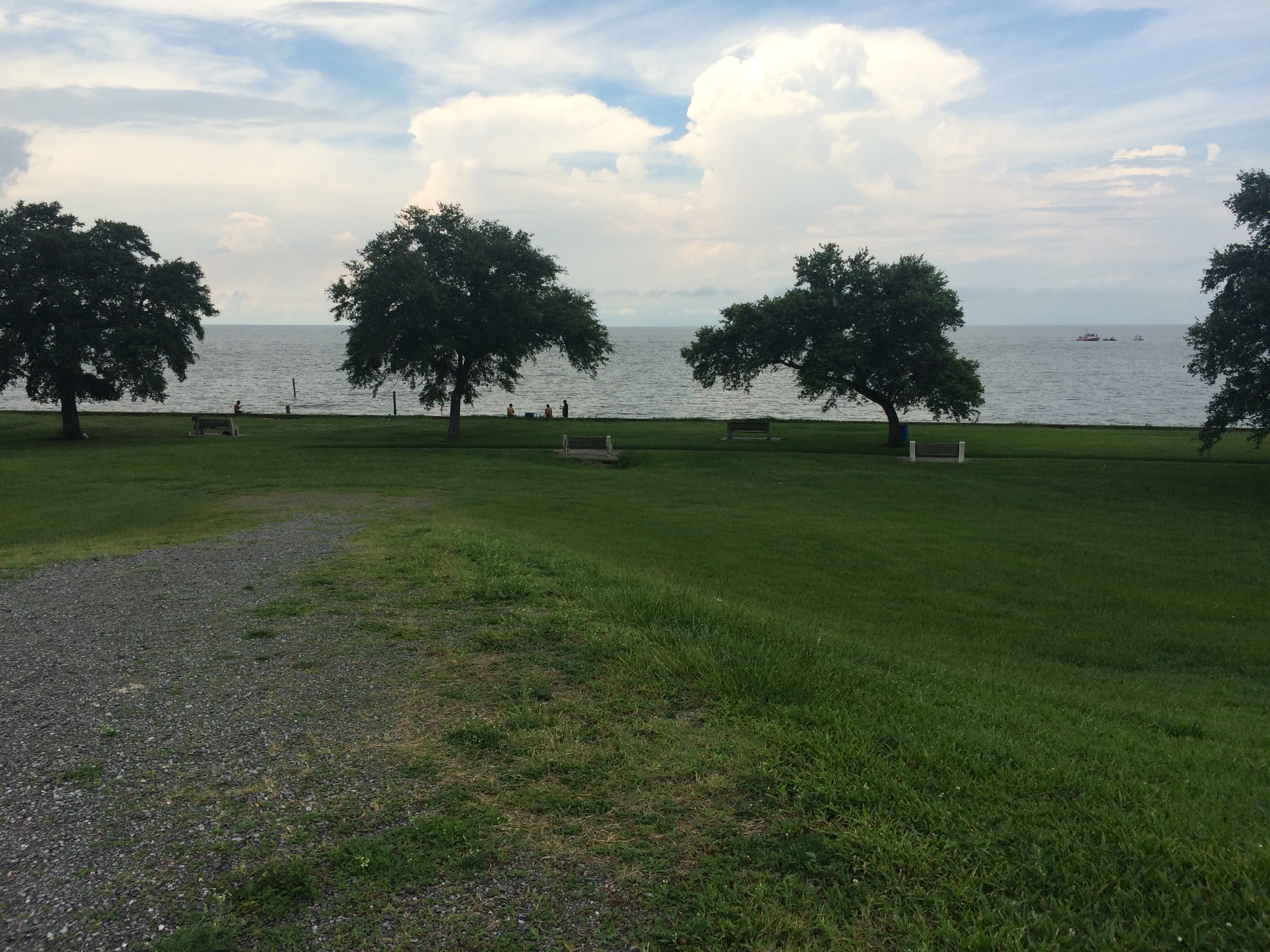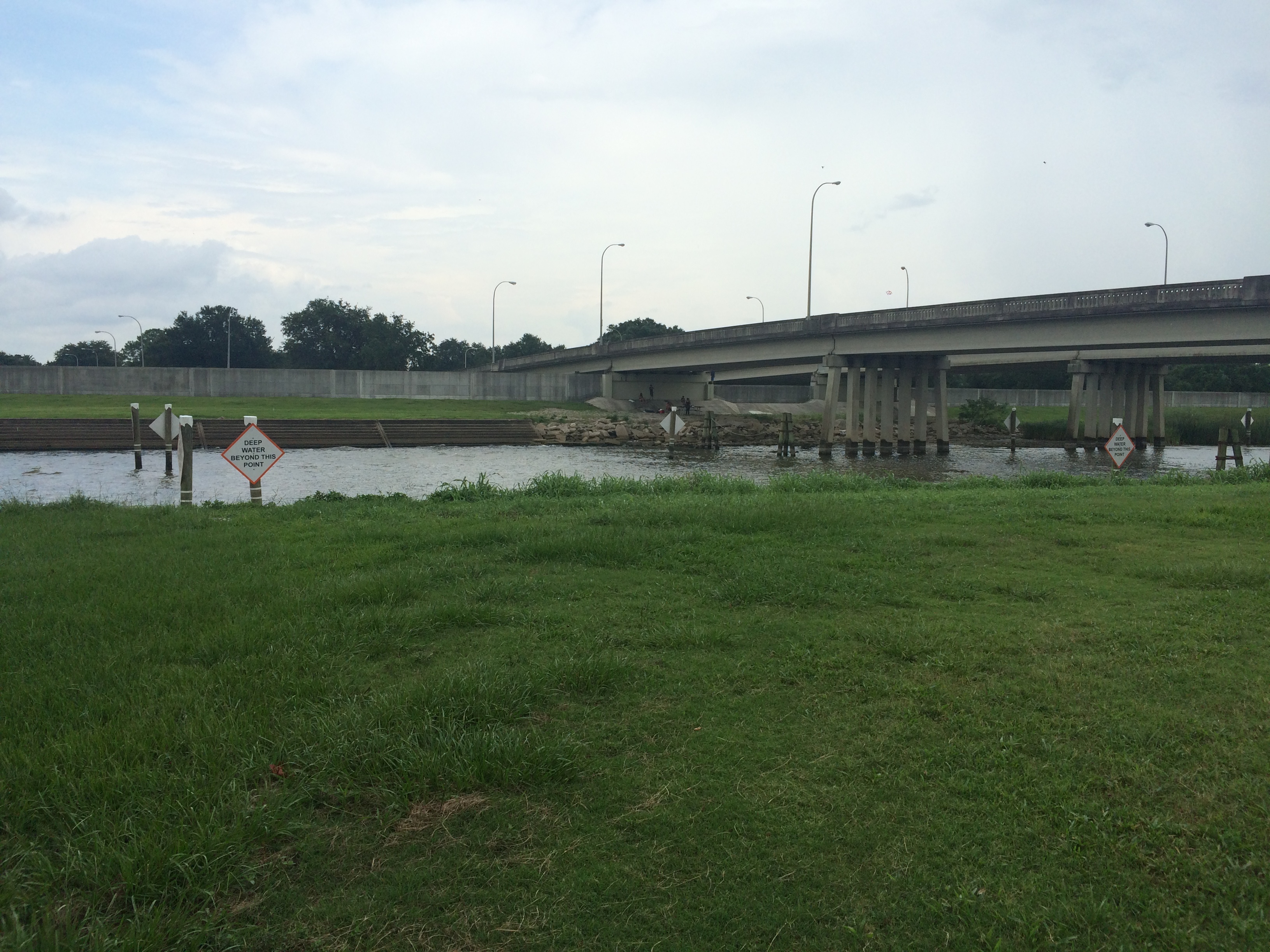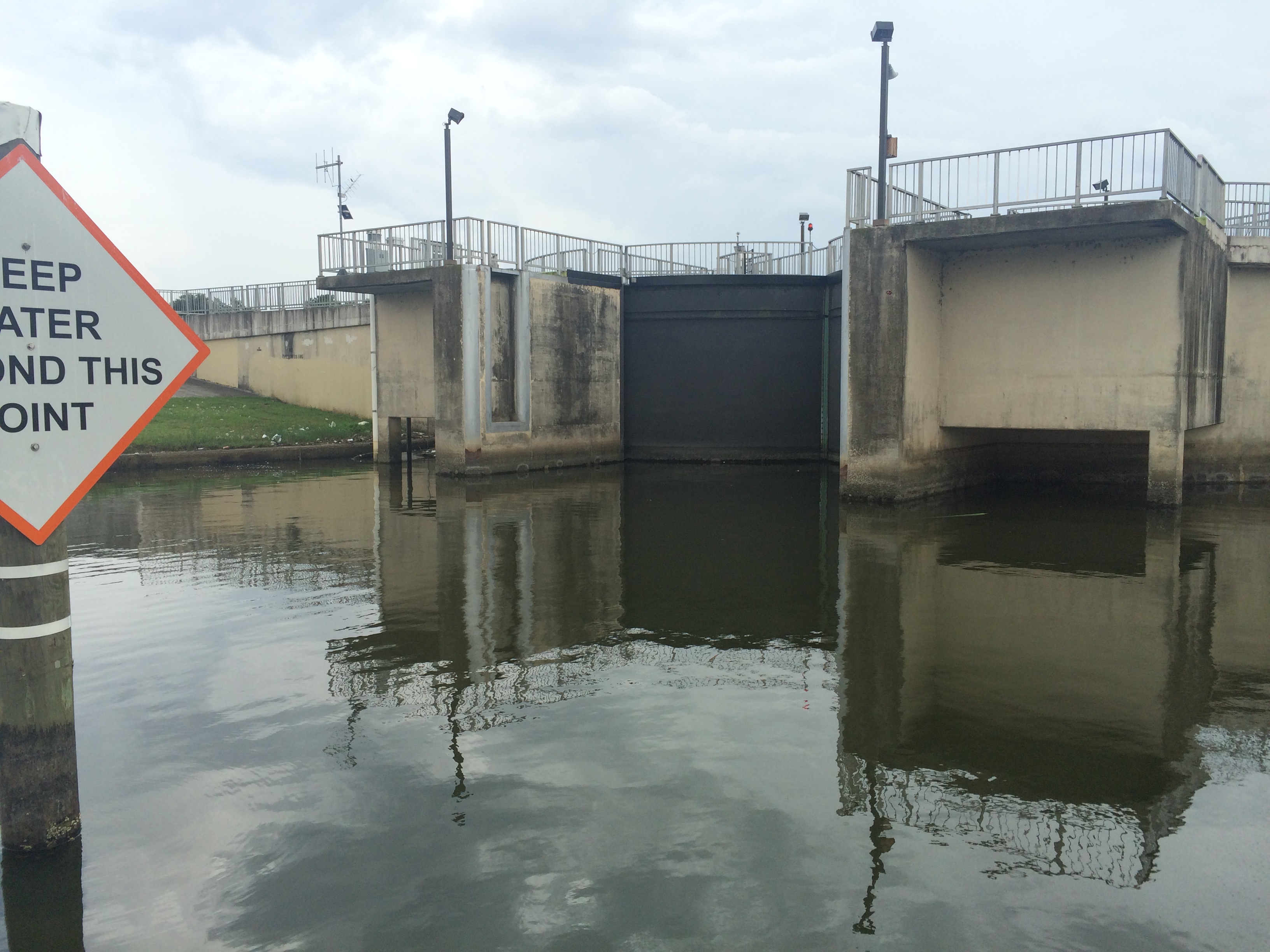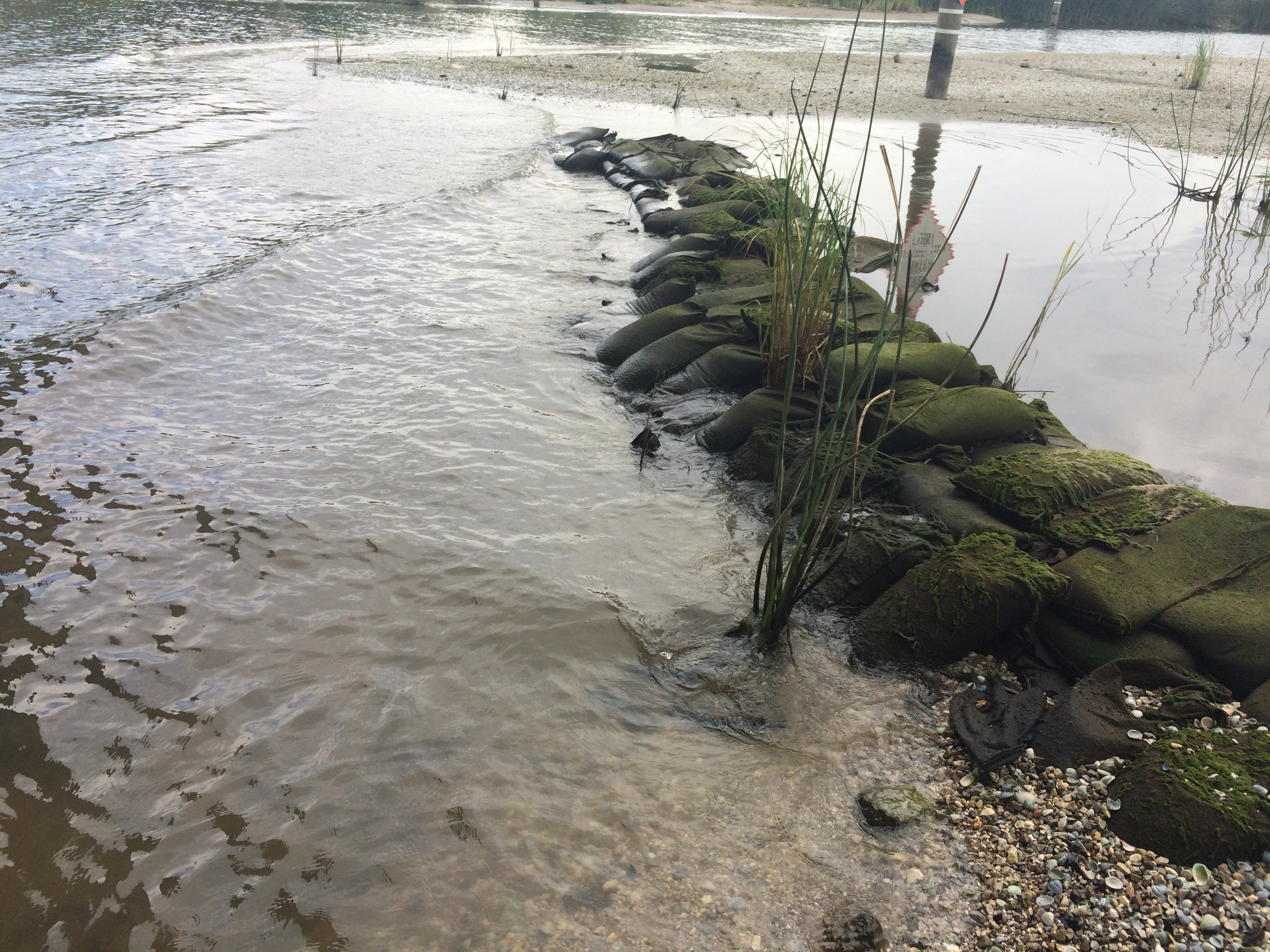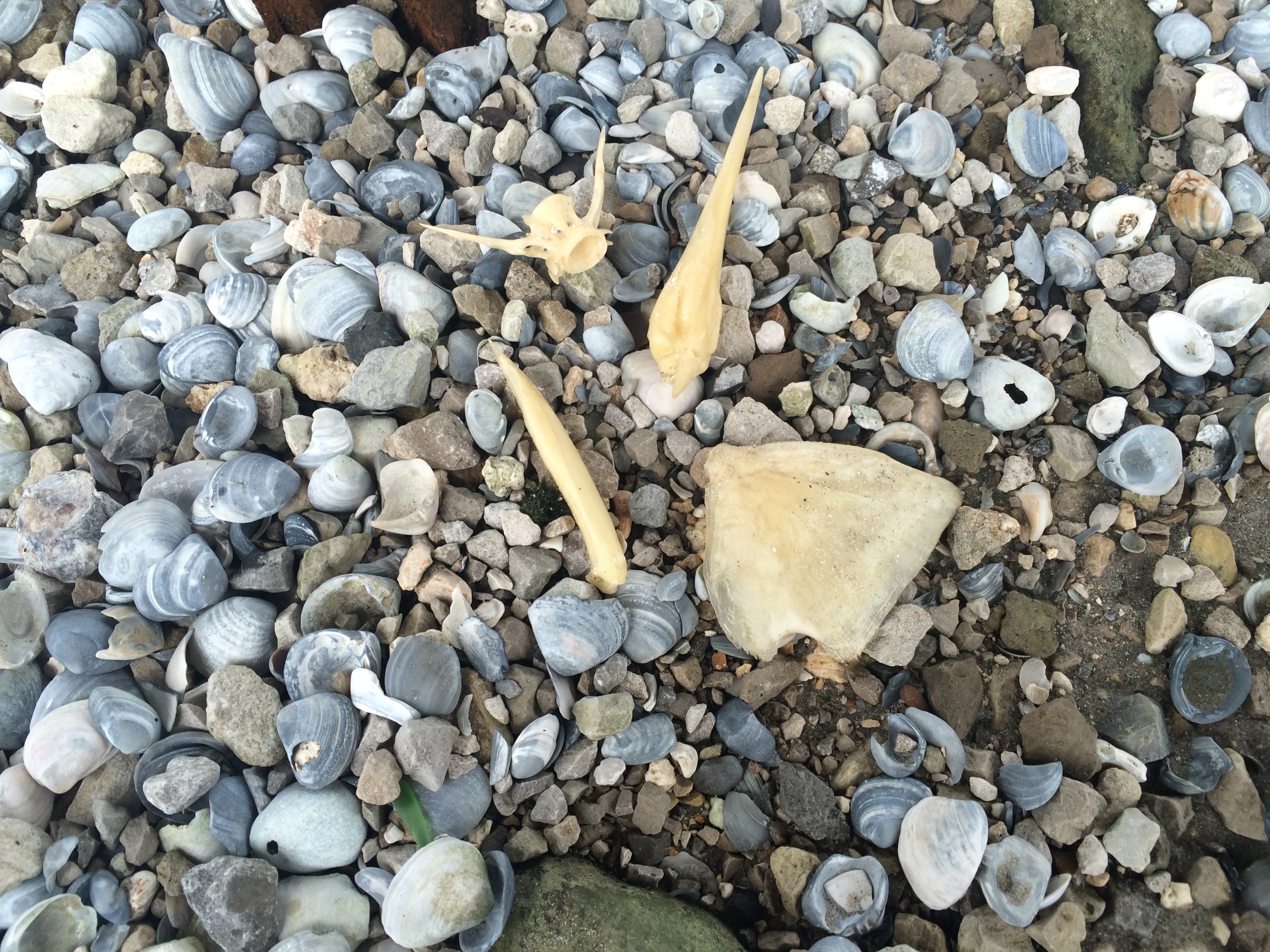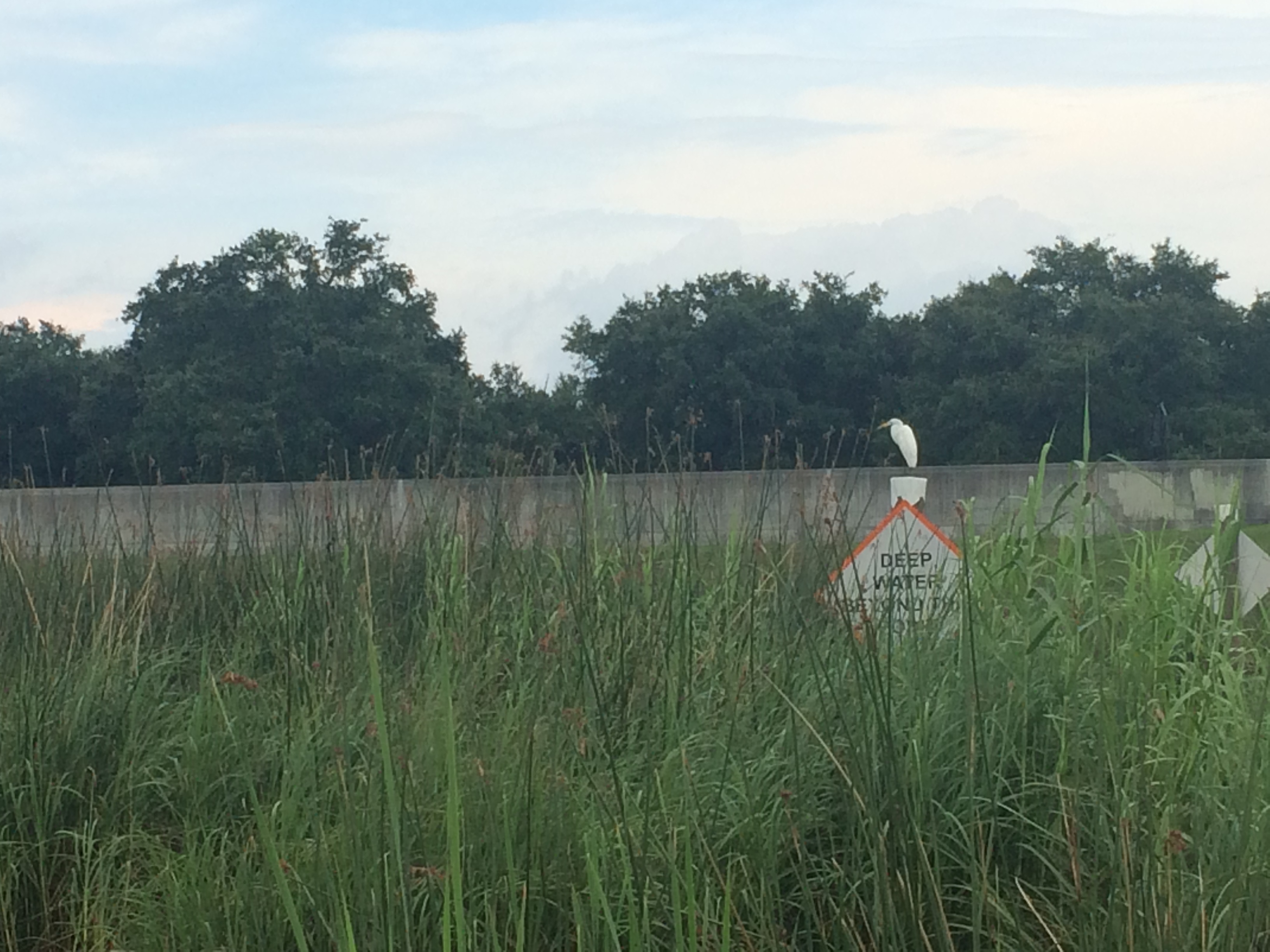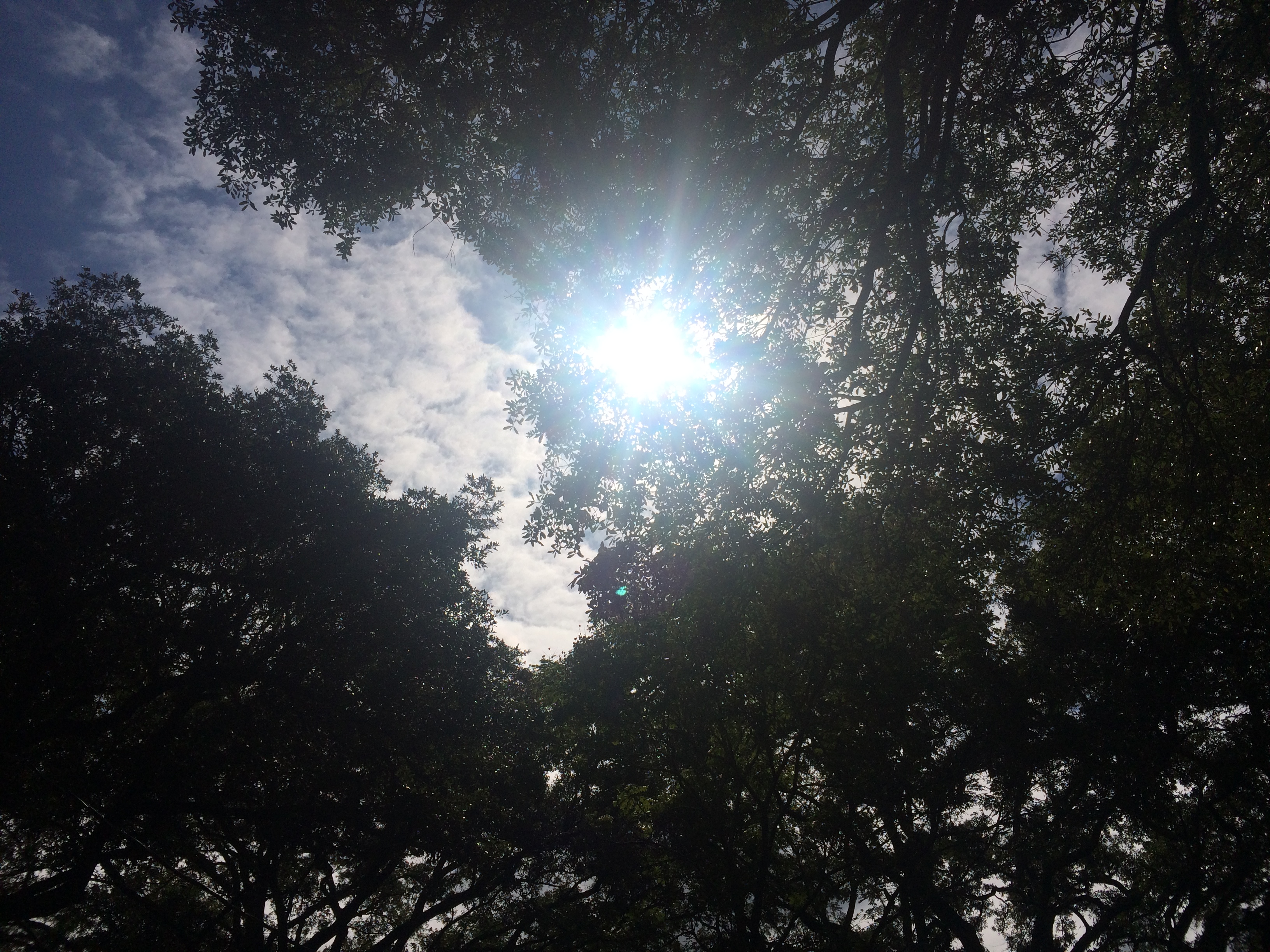
In continuing research on the Bayou St. John’s prehistory, I’m often overwhelmed by all that wedon’t know. 2,600 years of Native American existence in coastal Louisiana—settlements blooming and disappearing according to the river’s swing; tribes and families and physical structures, knowledge and folklore and ritual, all the tangible and intangible elements of daily life—and nearly all of it erased. This emotion I experience—a kind of grief in the face of the irretrievable (I am a poet, after all!)—often results in attempts toimaginethose we’ll never know about, to see the world through their eyes for even just a flicker of a moment. Reading accounts of European explorers, however inaccurate or biased they may be, nevertheless fuels my curiosity.
Iberville’s description of a rendezvous with members of the Bayogoula tribe, for example, sends me into a tailspin of daydreams: the thrill of imagining these unprecedented moments of intimacy between humans from vastly different parts of the globe. The strangeness, for all involved, of the smells and tastes and sounds. The way neither party seemed to have words, at first, for their sensory input, and would ultimately reach for a metaphor to bridge the rupture: “They [the Ouma] gave us two types of walnuts. One is similar to Canadian black walnuts, while the other, a diminutive variety, is similar in appearance to, and no larger than, an olive.” [1] or the way the approaching European ships were often described as “floating houses” by those who observed from shore.
But the responsible poet (and budding historian) in me has to wonder: what value does this kind of inquiry have? By this I mean, what, if anything, can be gained from imagining the life of the historical other, particularly when the person doing the imagining is a white woman of privilege, a direct product and recipient of the colonial processes that erased the other to begin with? Of course, there’s the famous quote by Edmund Burke: “Those who don’t know history are doomed to repeat it.” The idea that history (done well) will teach us about ourselves, will help us feed the forces of compassion and graciousness within us, and not those of greed, power, and apathy. And I would argue that knowledge of the “facts,” plain and simple, isn’t enough to teach us about ourselves. We have to exercise the imagination, and therefore empathy, in order for history to matter.
But, as Claudia Rankine and Beth Loffreda write in their essay “On Whiteness and the Racial Imaginary,” the imagination is “a place crossed up by culture and history, where the conditions into which we were born have had their effect.” As in, the imagination is not some ahistorical, pristine realm. Is imagining the life of the other, therefore, particularly another about which you factually know very little, just another form of entitlement? There’s a fine line between empathy for the sake of learning and growth, and empathy as just another form of colonization.
In asking myself these questions over the past couple weeks, I kept coming back to what, for me, provides that extra charge, that extra surge of curiosity and thrill, when imagining pre-colonial life. For me, it has to do first and foremost with place. That’s right: I’m confessing to the imaginative use of historical others to get to the land—to imagine the landscape in all its previous permutations. That’s right: I seek to erase myself, and all I represent, in order to experience this place as I’ll never truly get to experience it; I want to be in this place before it had me in it.
I love imagining the energy stored up in a place from all that’s come before—an accumulation of phenomena, layers upon layers of energetic residue. When I first moved here, catching site of a sago palm would result in a hologram of a giant longneck dinosaur rising up before me, those prehistoric-looking plants setting off a series of whimsical visions—until I learned, of course, that this alluvial land we stand on is far too young for dinosaurs. But then learning that got me even more fired up! I mean, come on: those of us below Baton Rouge live on land the river made. The earth below us was swept into the Mississippi thousands of years ago from all over the continent. It careened down the river, exploded into the Gulf and accumulated until it rose above the level of the sea. We live in a city built upon spewed river innards—because wealth and power require permanence, require clawing terra firma from the softness. The river, therefore, has been walled up and locked into its bed. Without river sediment and groundwater, the land sinks and condenses and the wetlands melt away. I think this might explain a fascination with “pristine” nature, at least for the tiny human writing this blog post: everything, the entire planet, is changing, and we’re the ones doing the changing. And yet, as individuals, we often feel powerless in the face of this fact. And so we grasp at imagined landscapes of lush, uninterrupted swampland, and great swaths of forest filled with mammoth trees, and birdsong so loud we have to cover our ears, and roaming wild beasts, and the people who lived here before we took their land away and altered it forever.
“Having arrived at my brother’s campsite, the chief or captain of the Bayogoula came to the seashore to pay me compliments and civilities in their customary manner, which is to pause near you and rub their hands on your face and chest. They then place their hands upon yours, after which they lift them skyward, rubbing them and kissing them again. I repeated the ceremony, having seen it done to the others….After our encounter and the exchange of civilities, we went to my brother’s tent….I made them smoke, and we all smoked my iron peacepipe, made in the form of a ship with a white flag marked with afleur de lis, and embellished with beads. I then gave them a present, consisting of hatchets, knives, blankets, shirts, beads and other things valued by them, and made them understand that with this calumet I had rendered them united with the French and that we were now one nation.” [2]
1. d’Iberville, Pierre Le Moyne,A Comparative View of French Louisiana, 1699 and 1762.Trans. Carl A Brasseaux (Lafayette: University of Southwestern Louisiana, 1979) 55.
2. d’Iberville,A Comparative View of French Louisiana, 1699 and 1762.34.









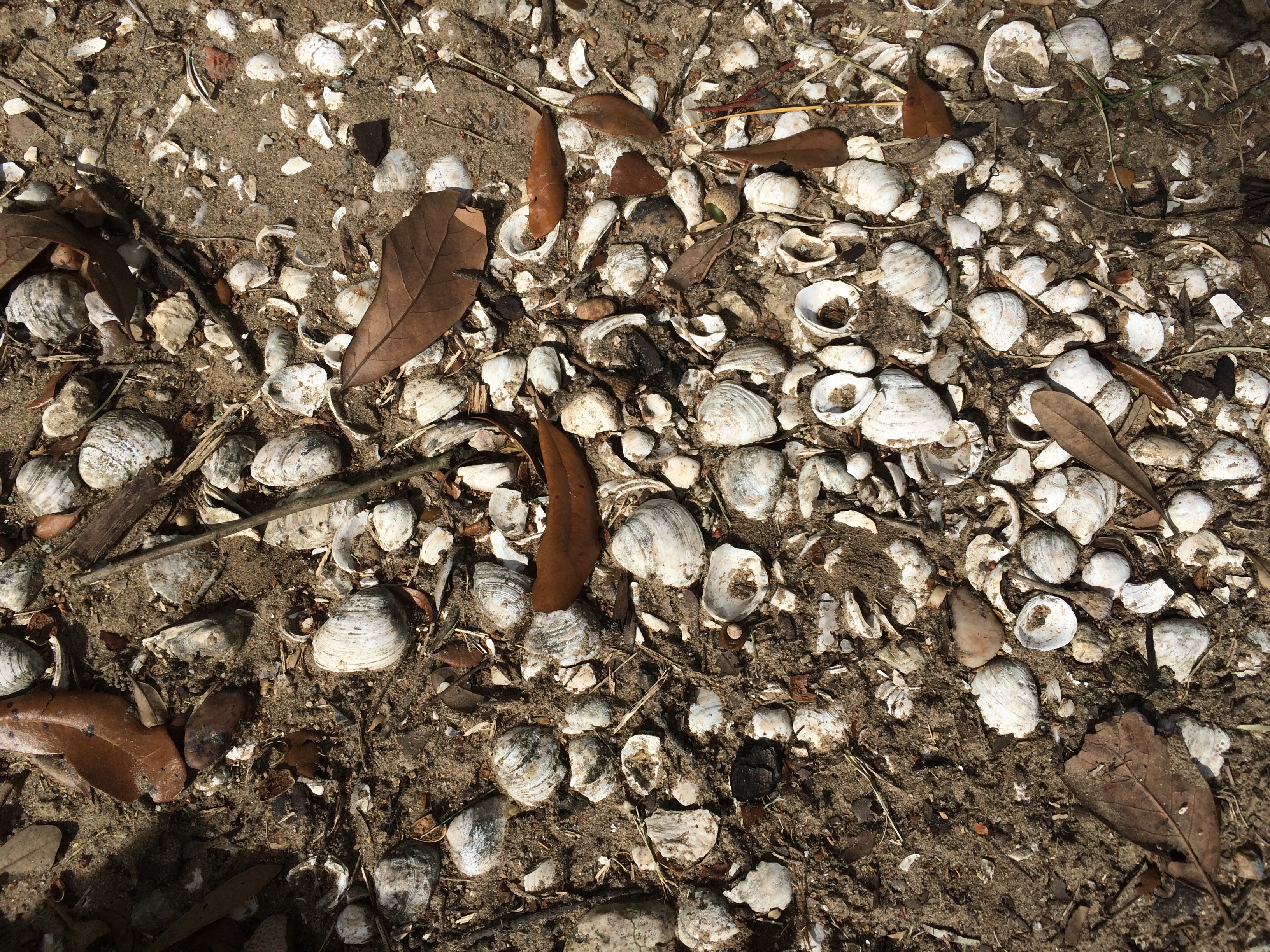





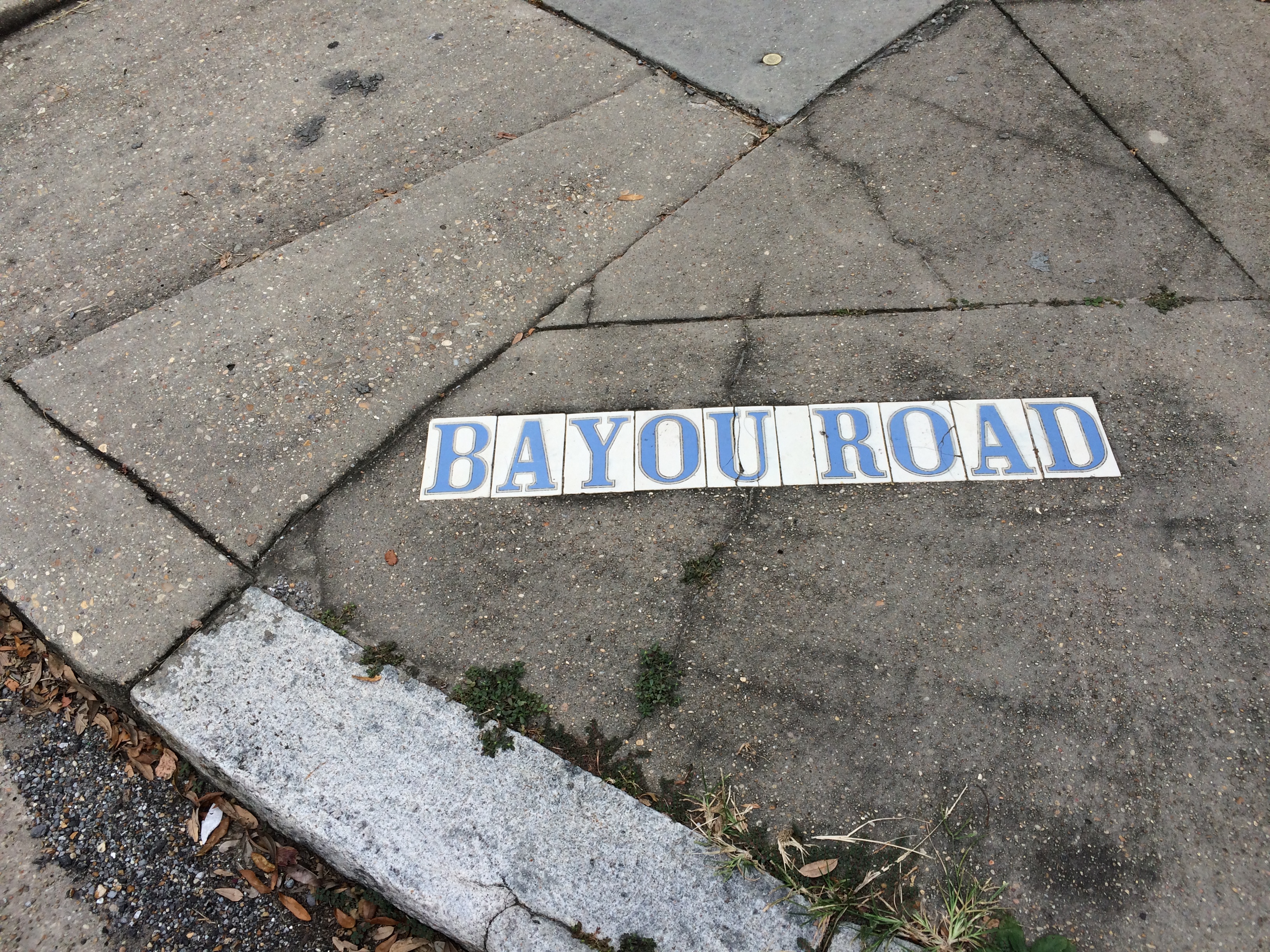









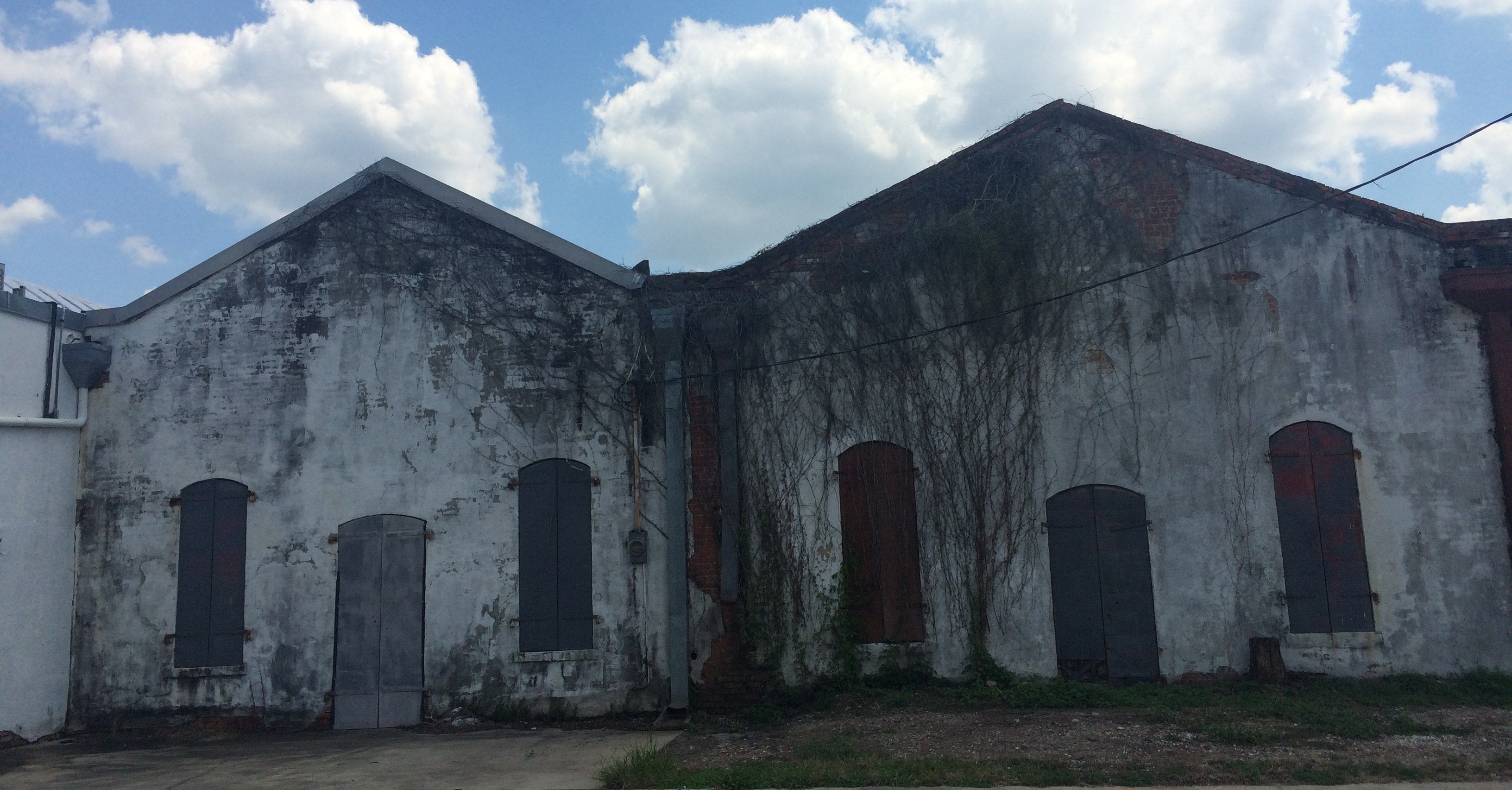
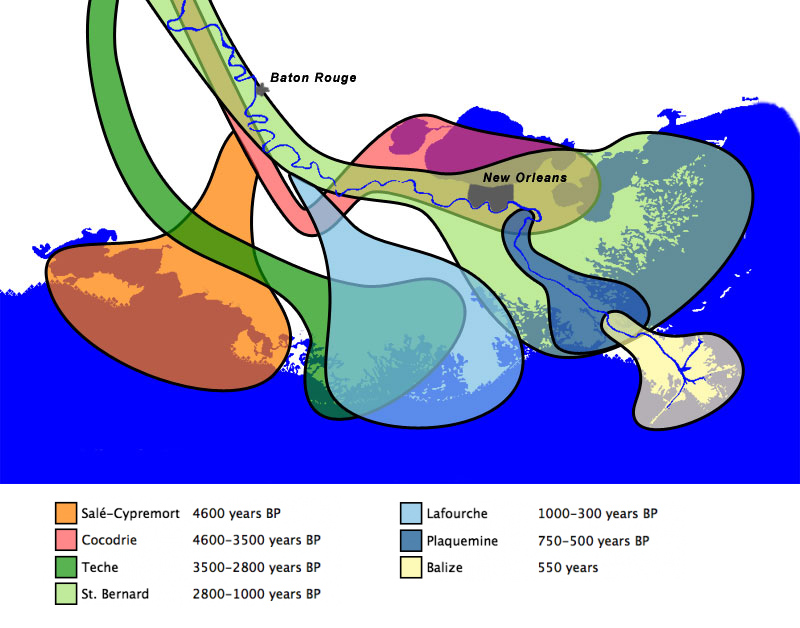
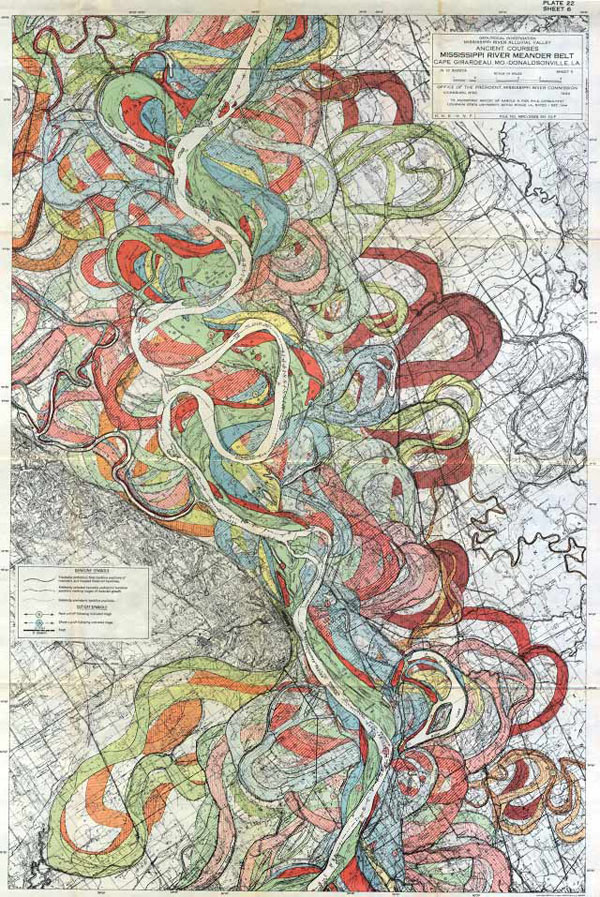
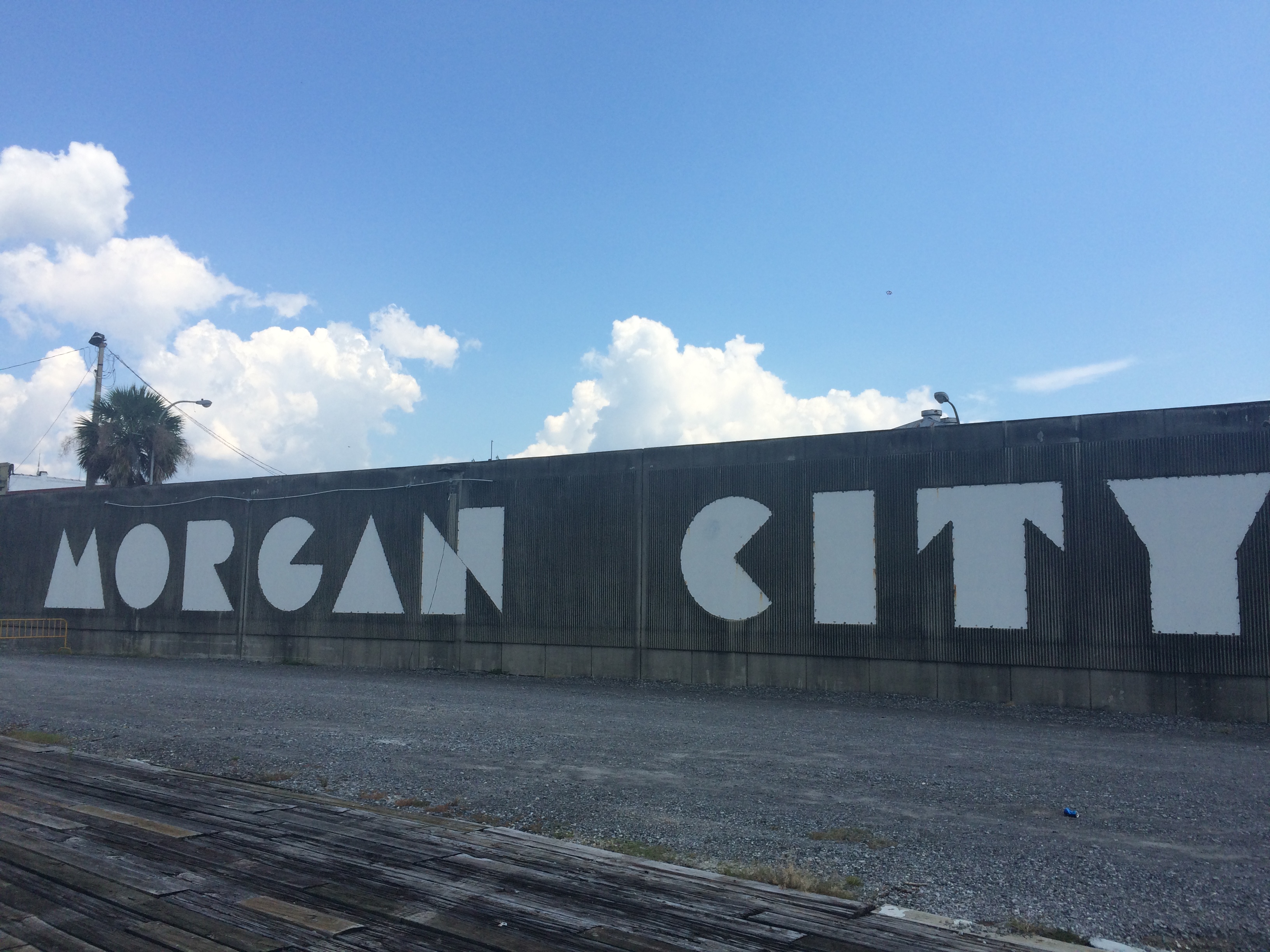
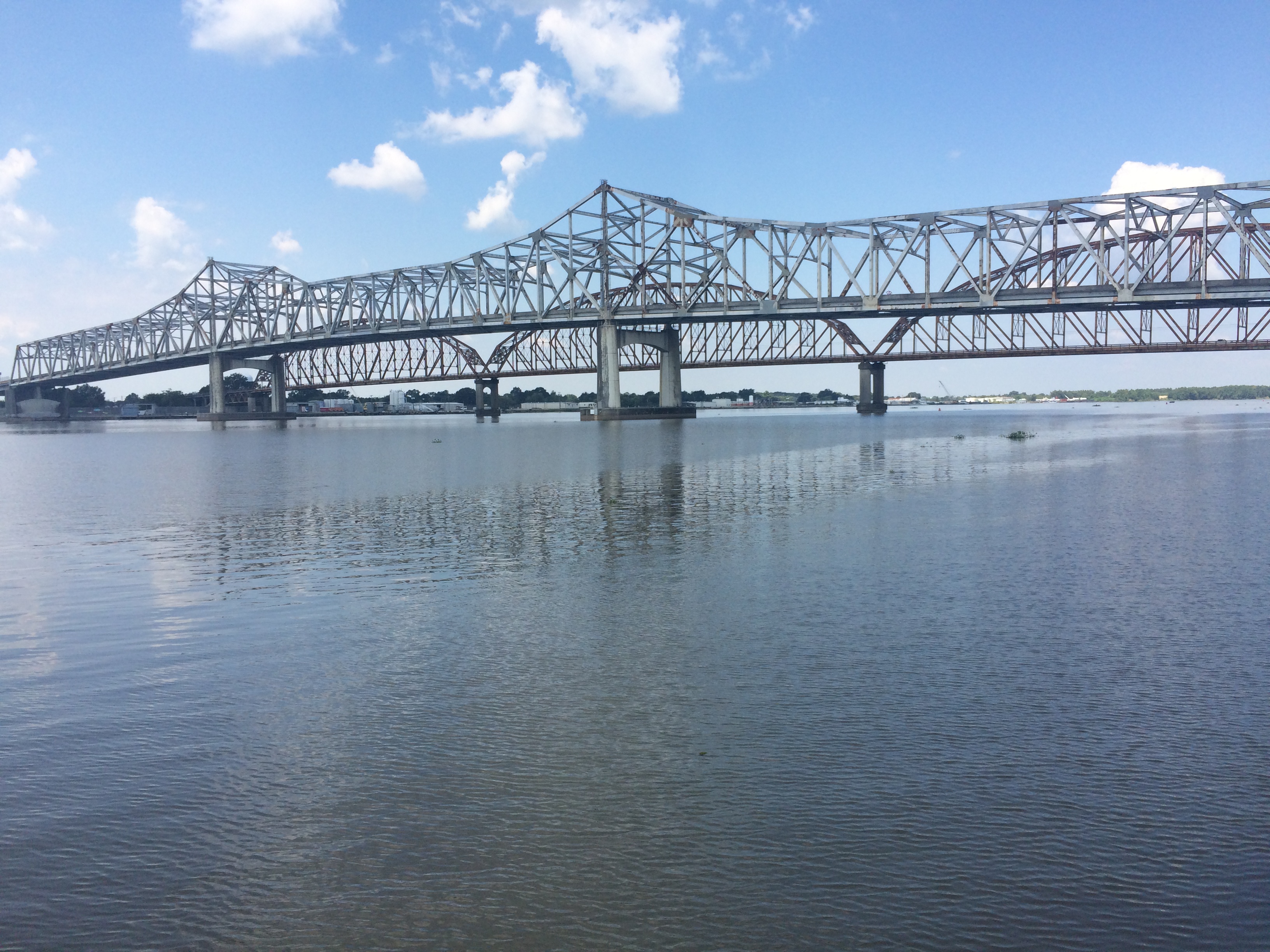
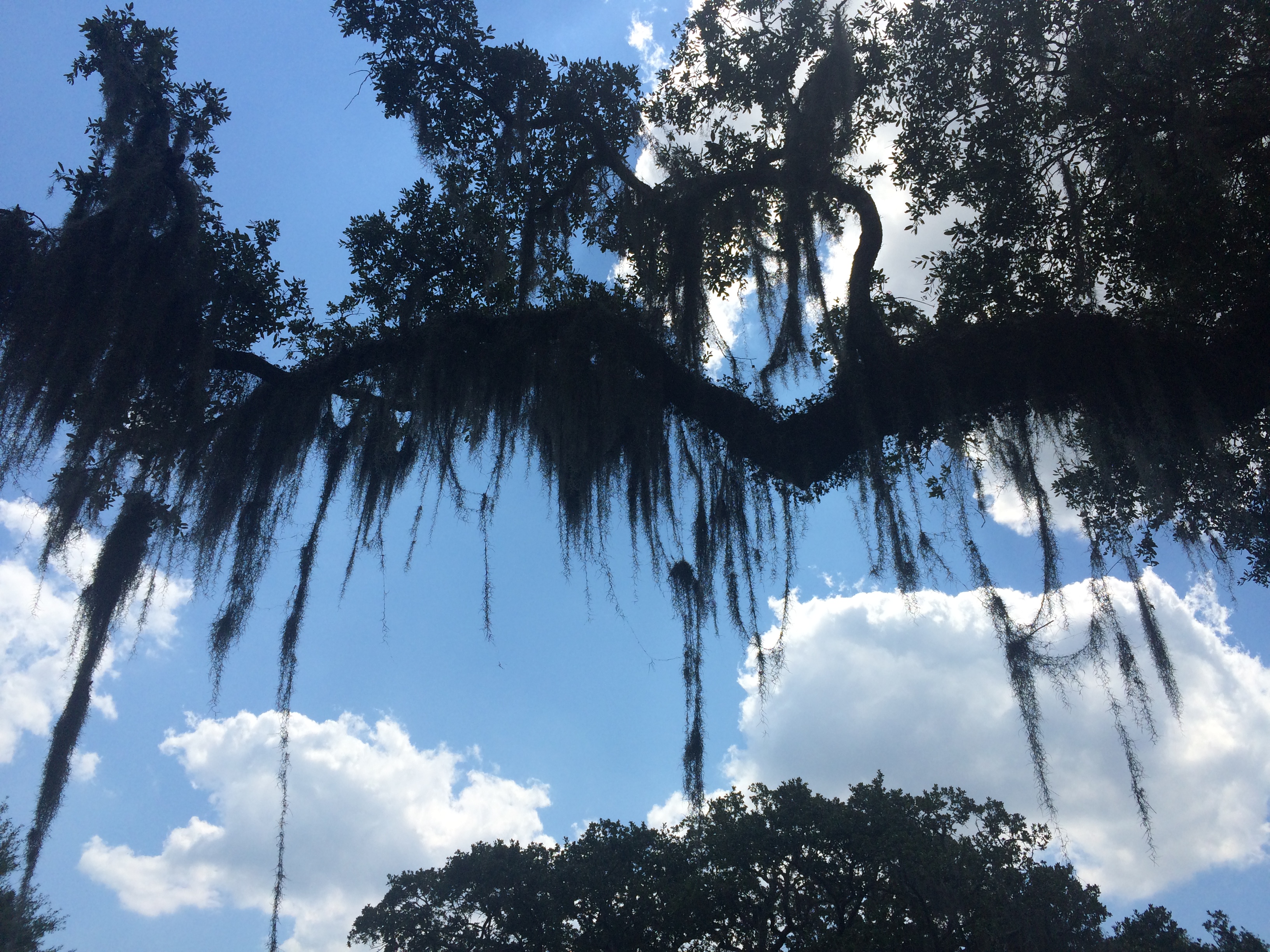
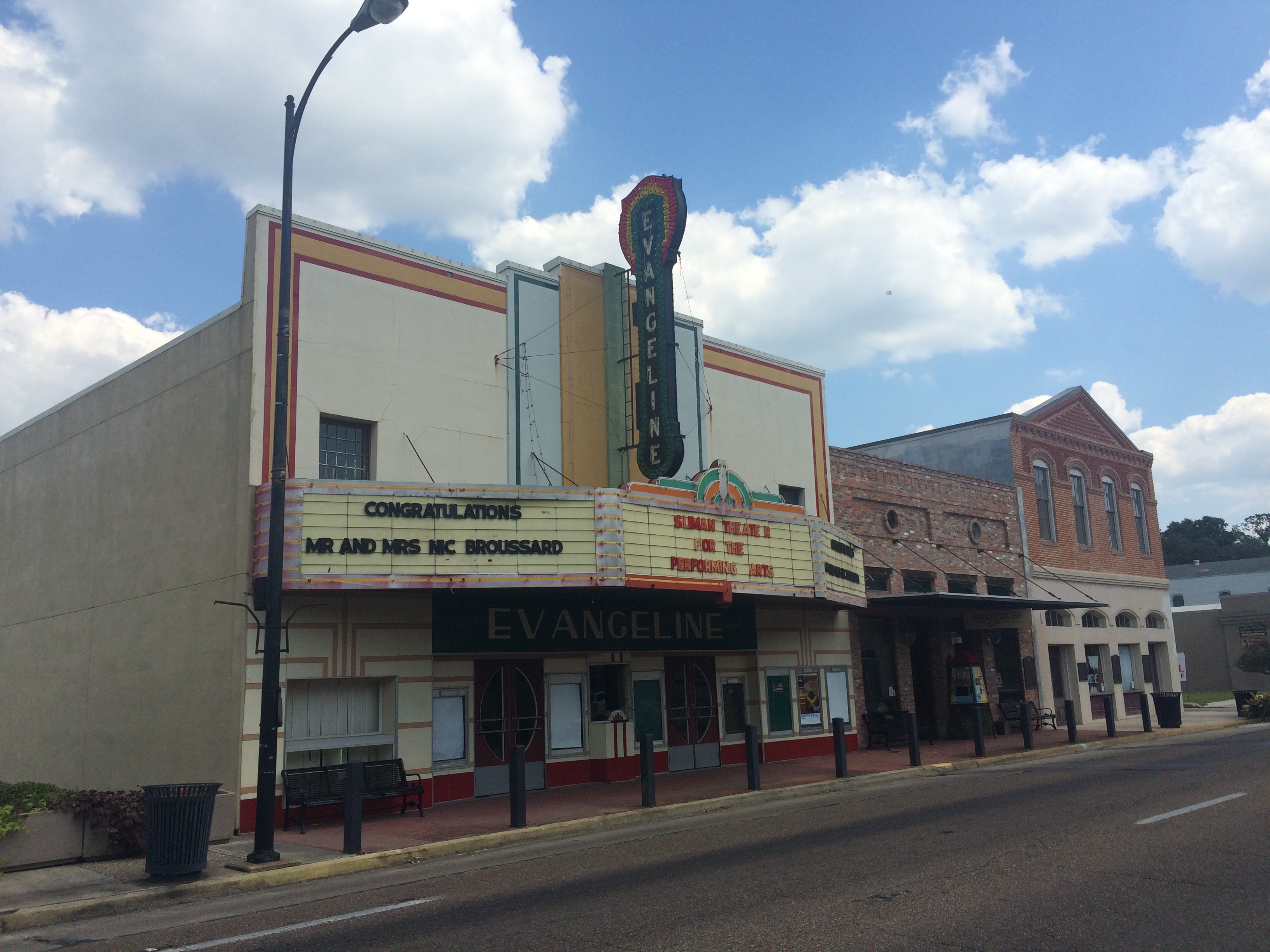
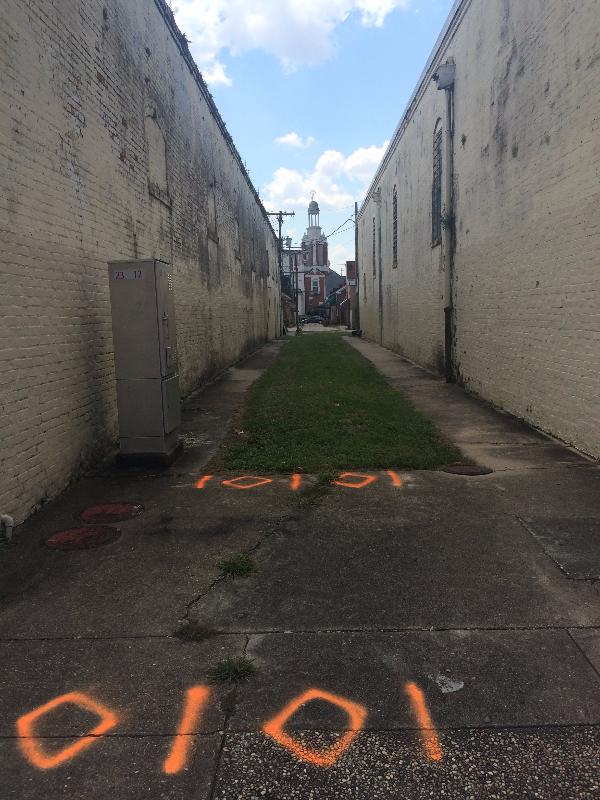
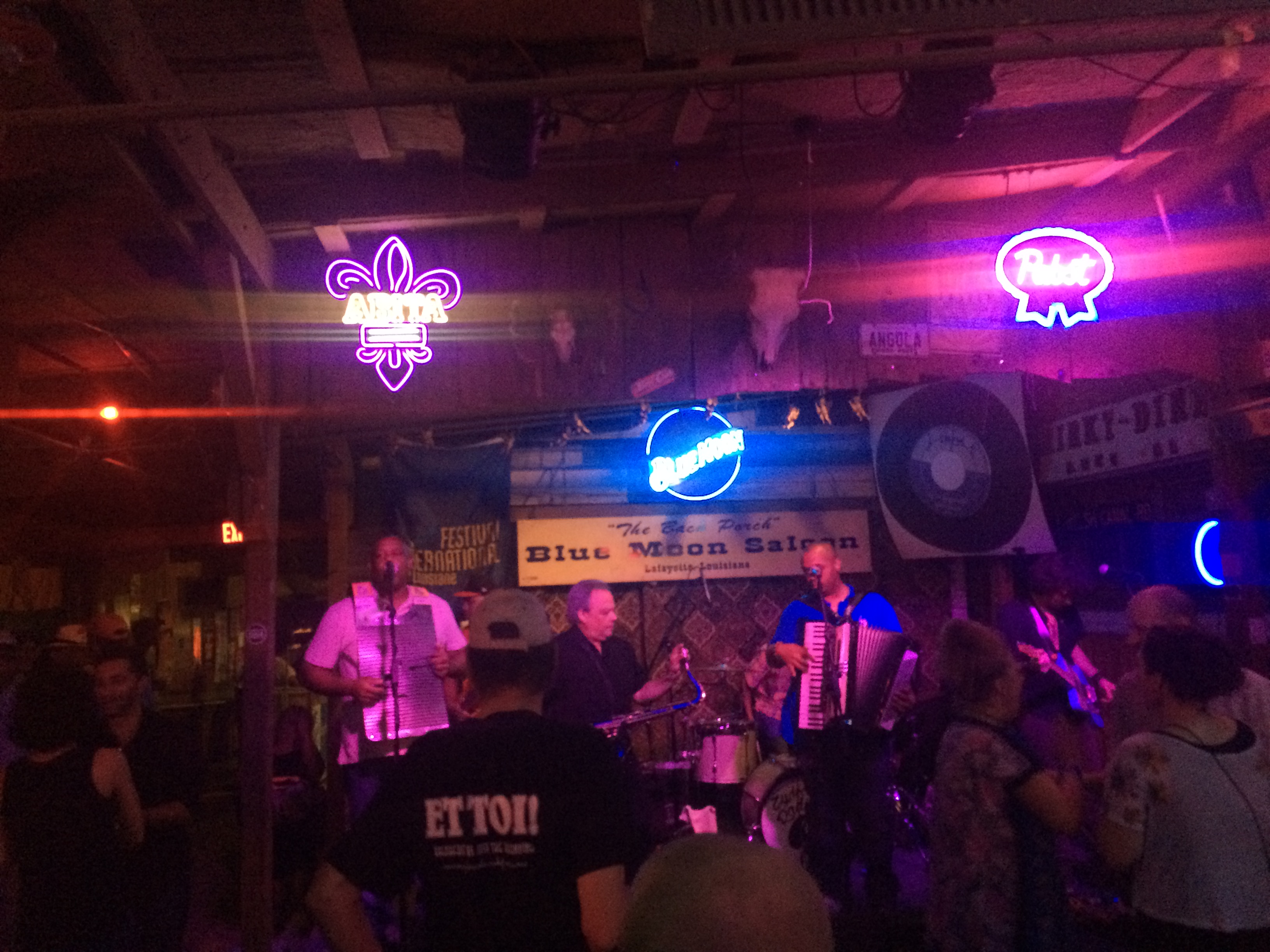
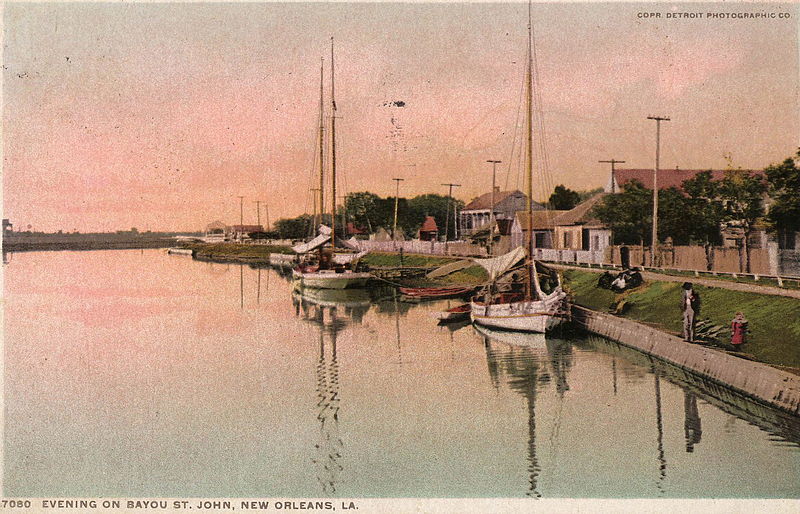

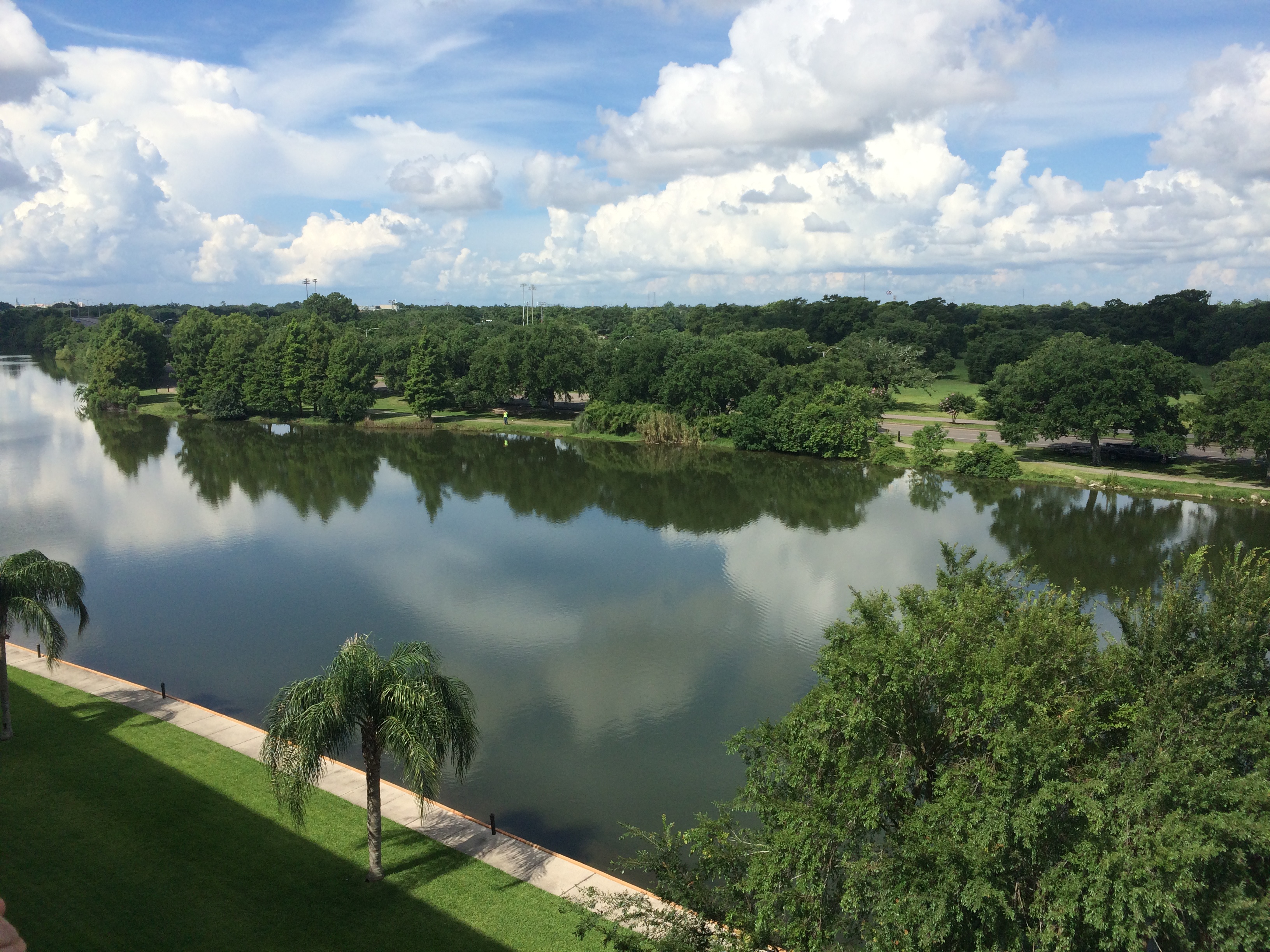

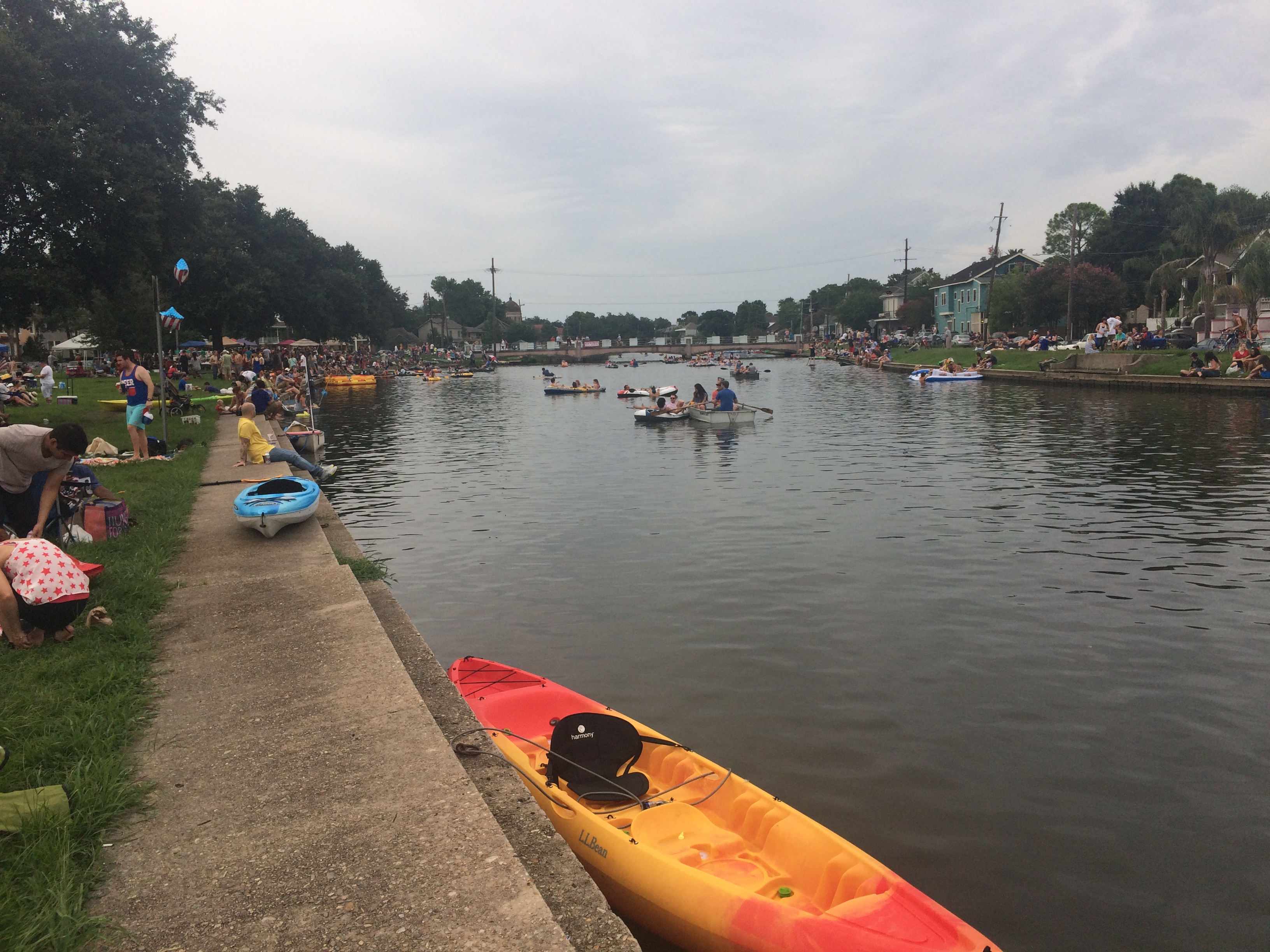
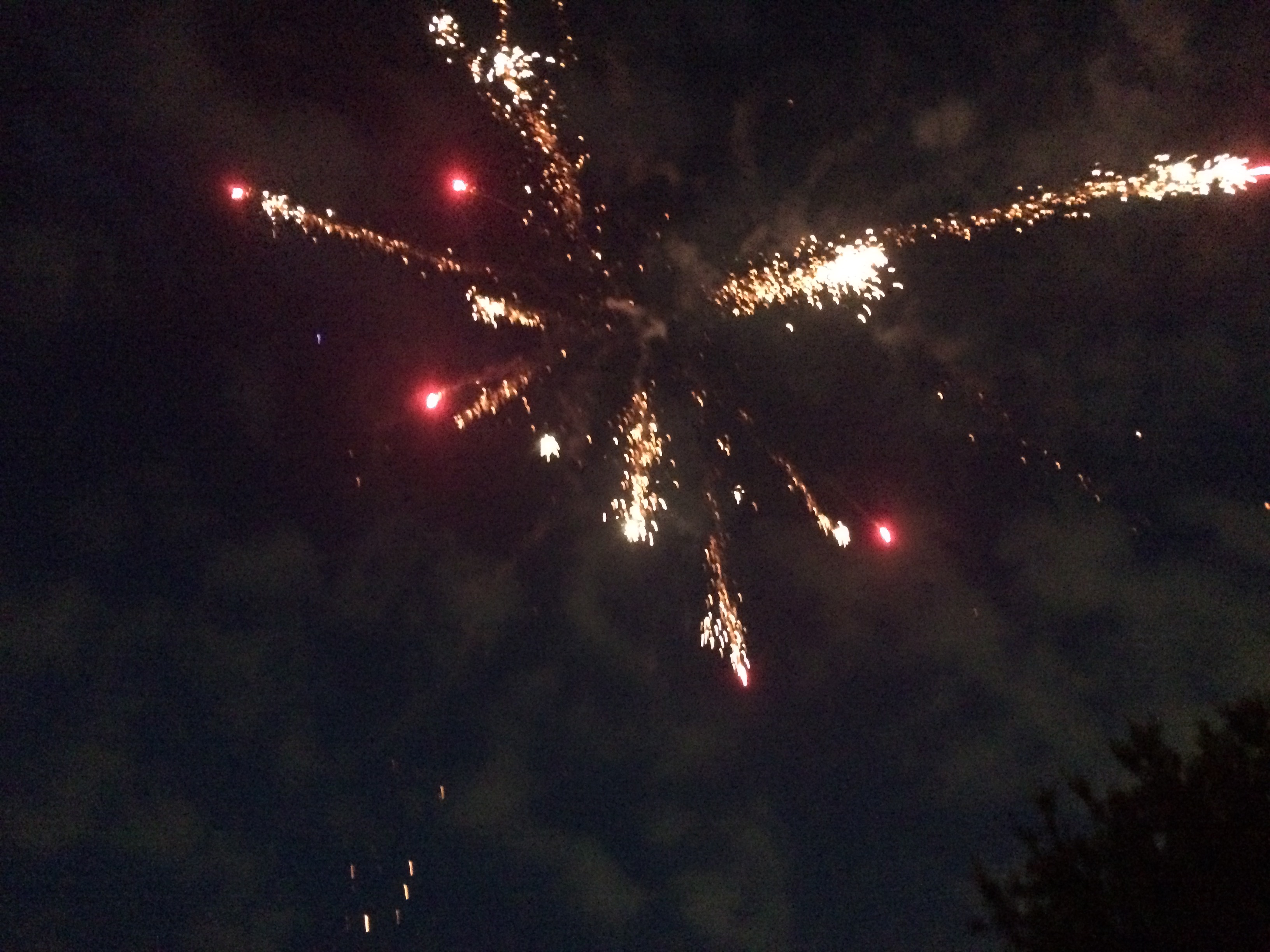
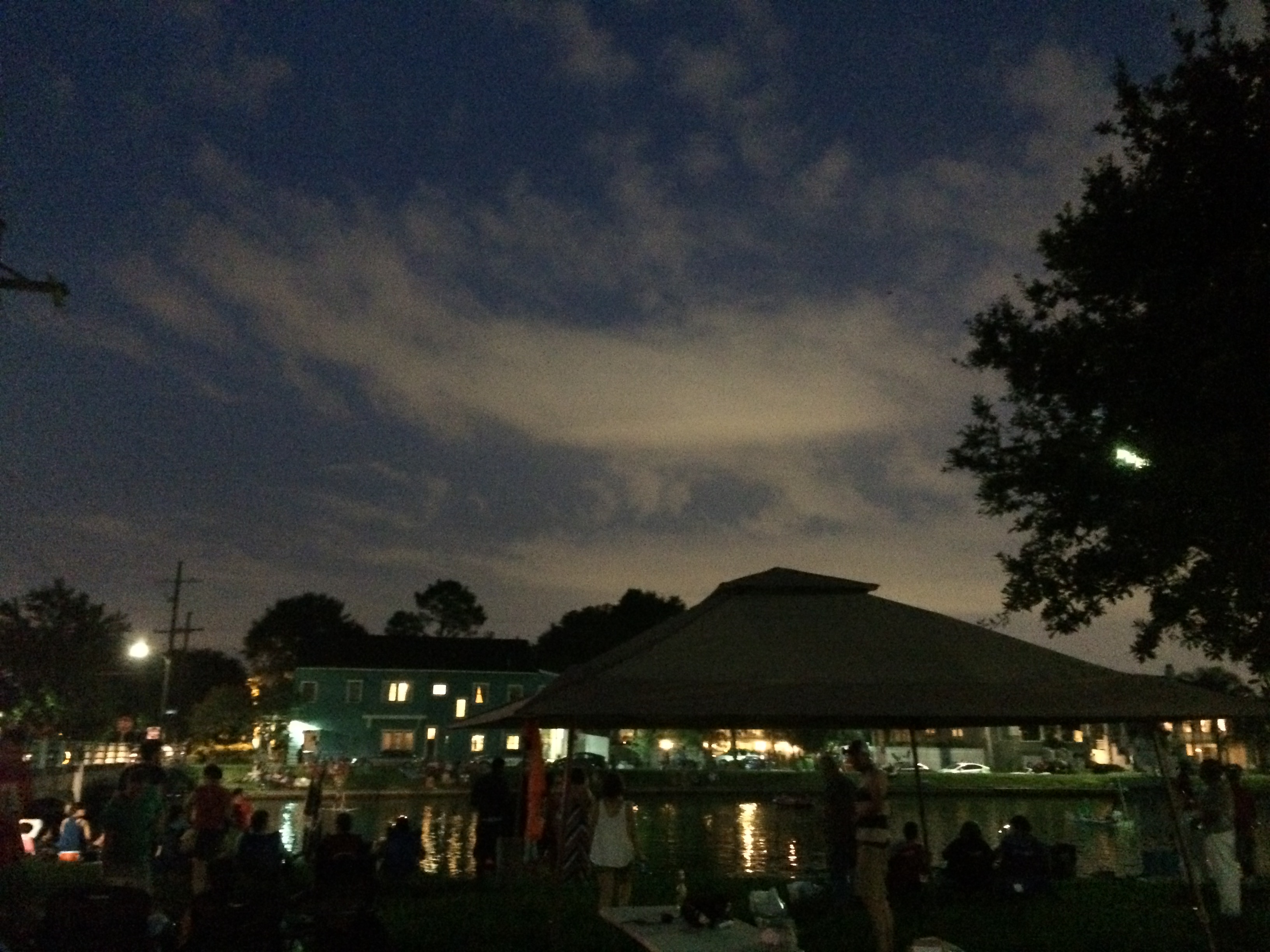
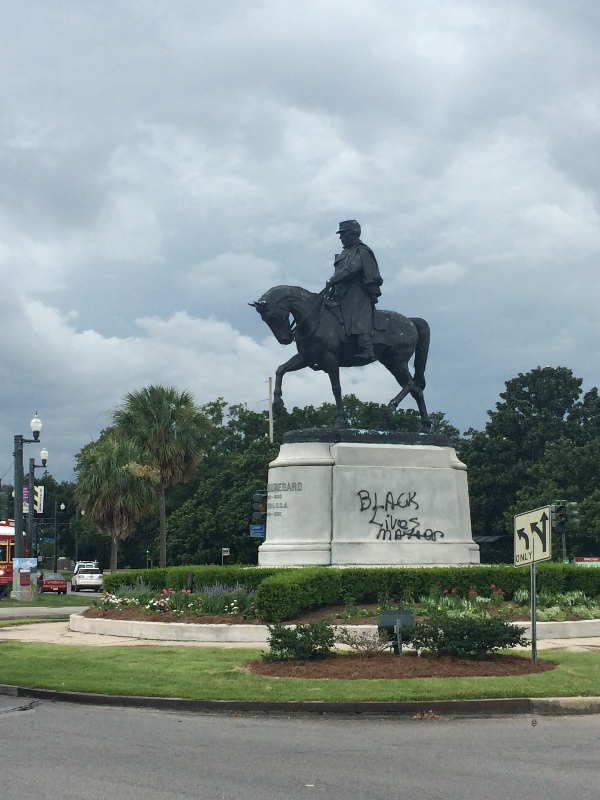
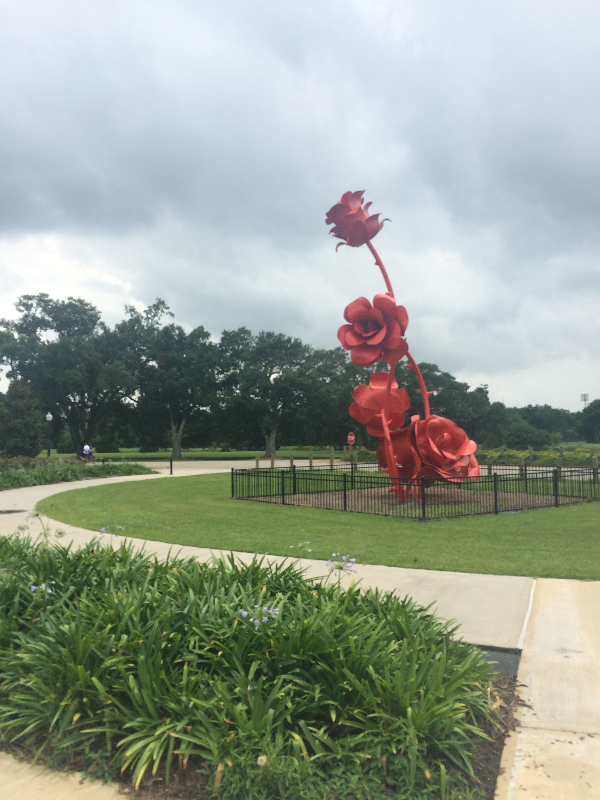
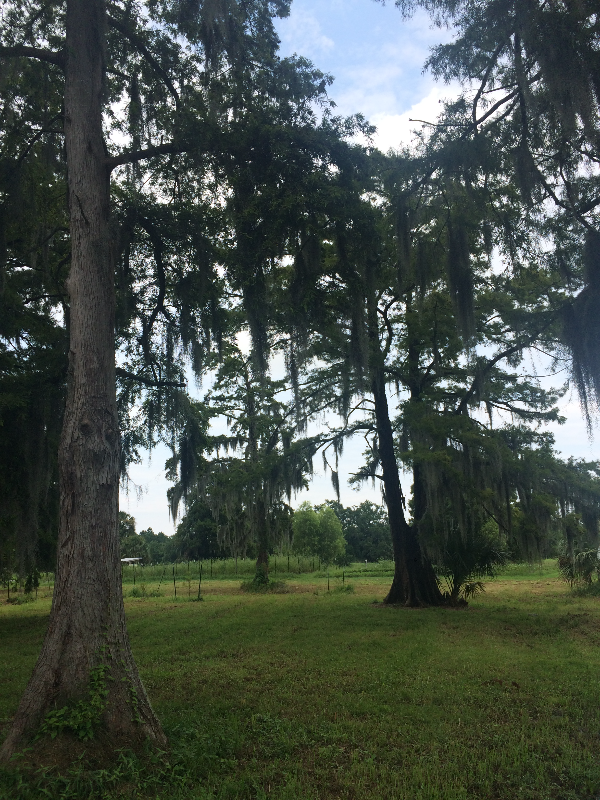
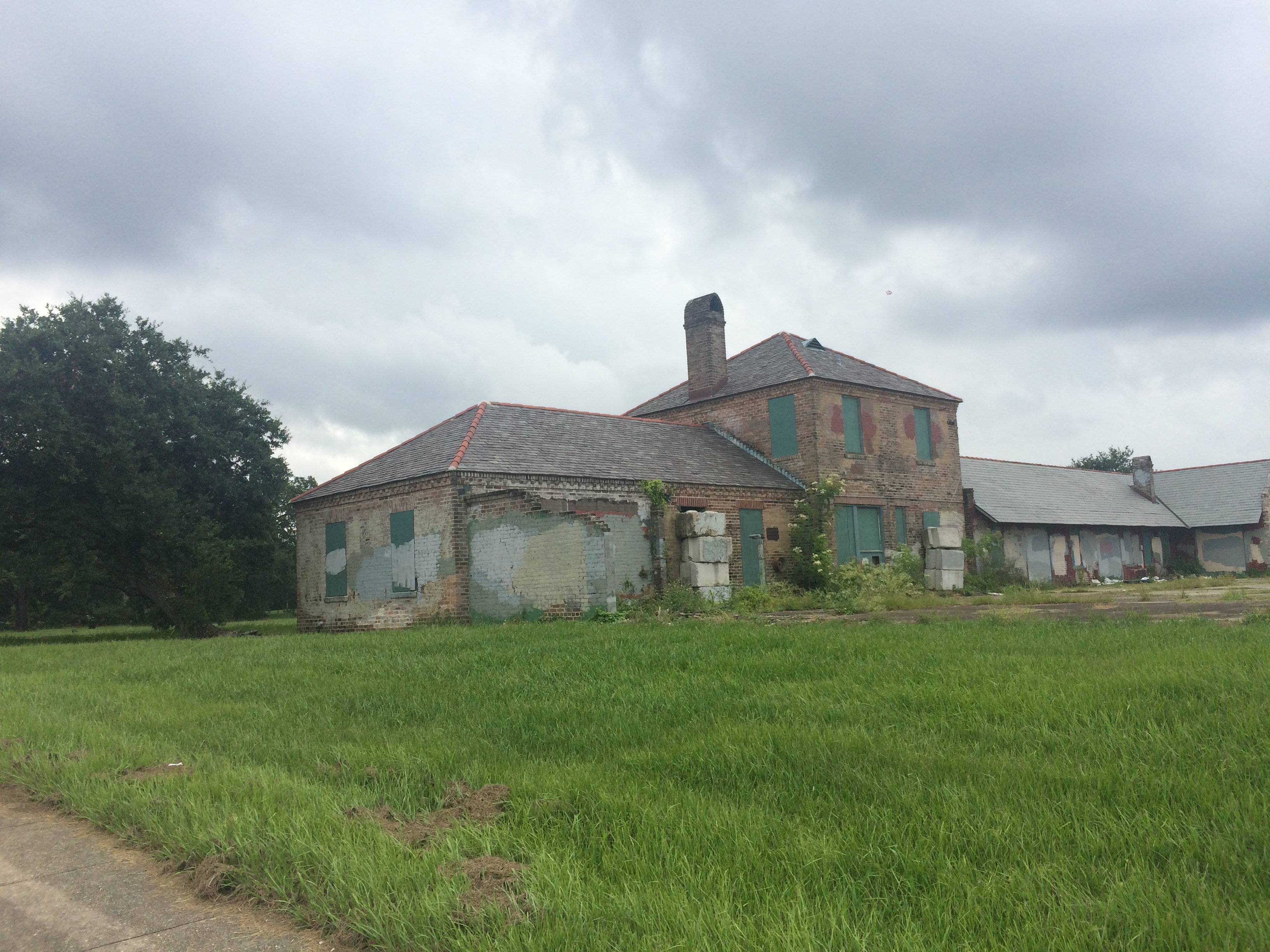
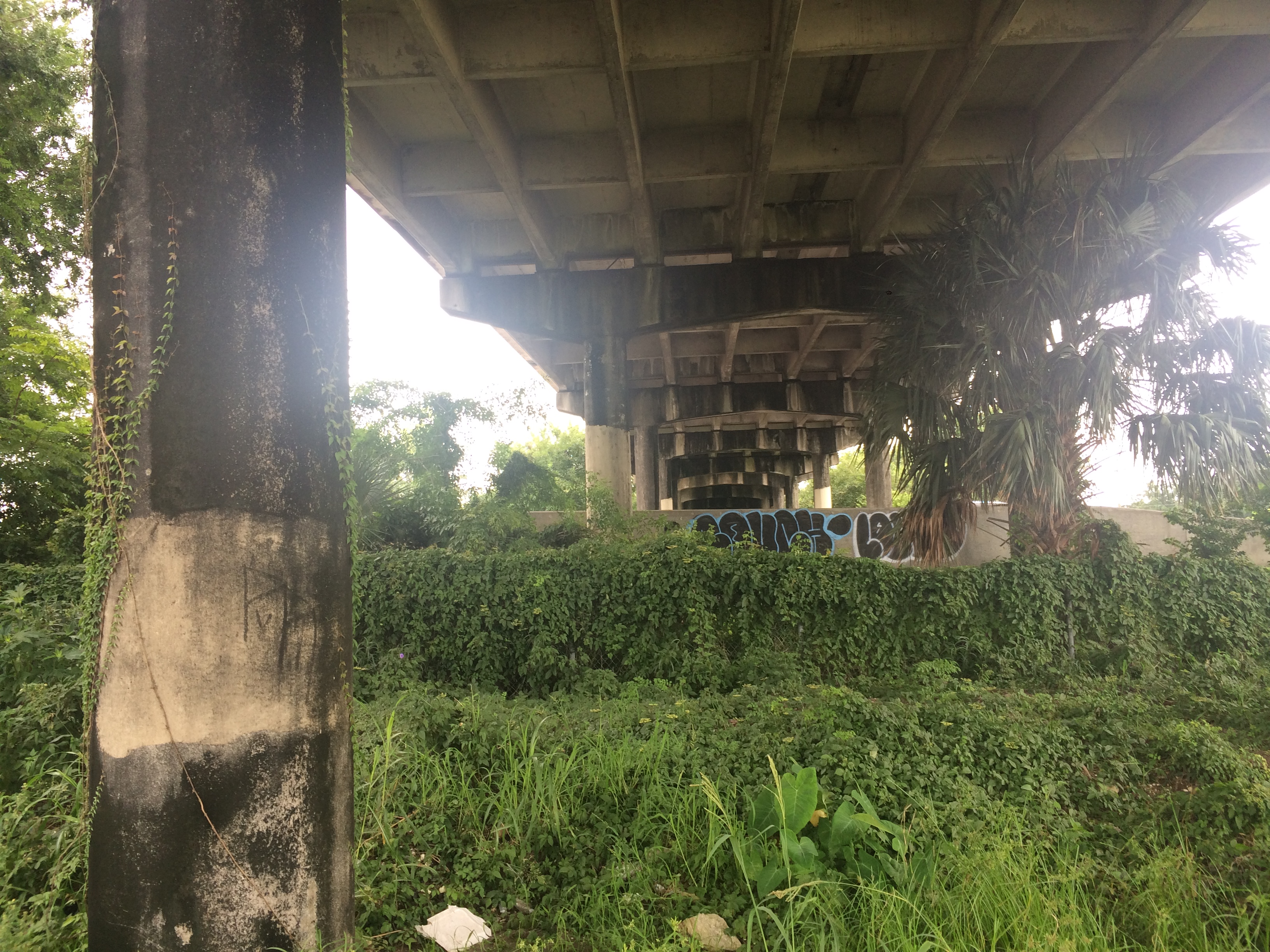
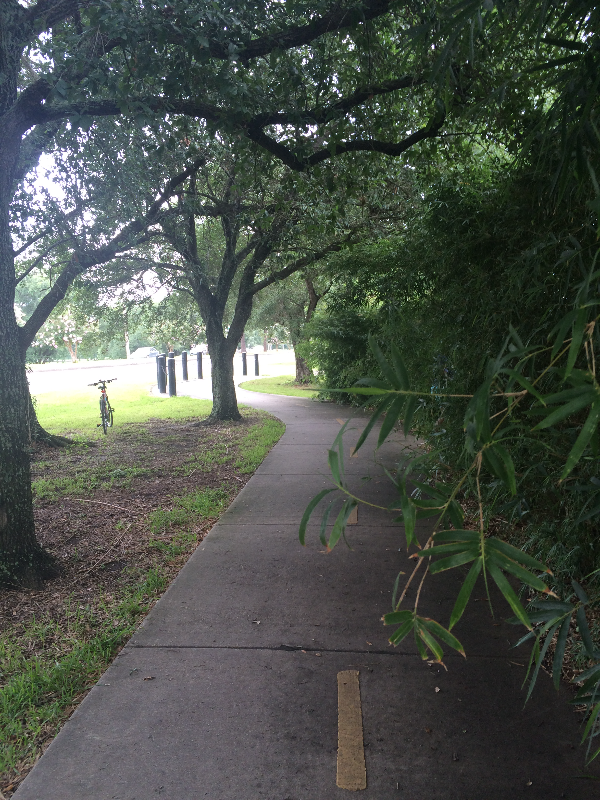
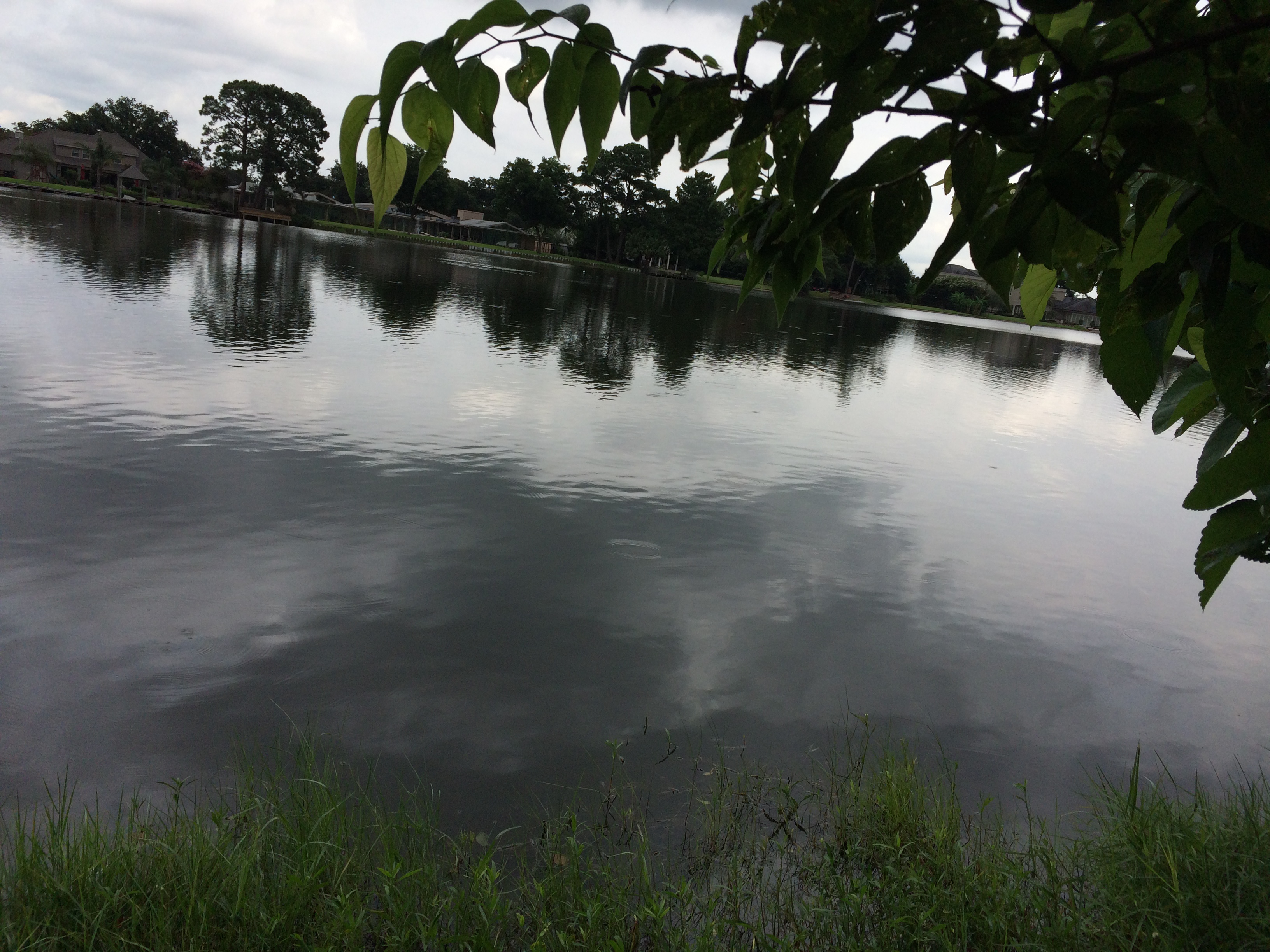
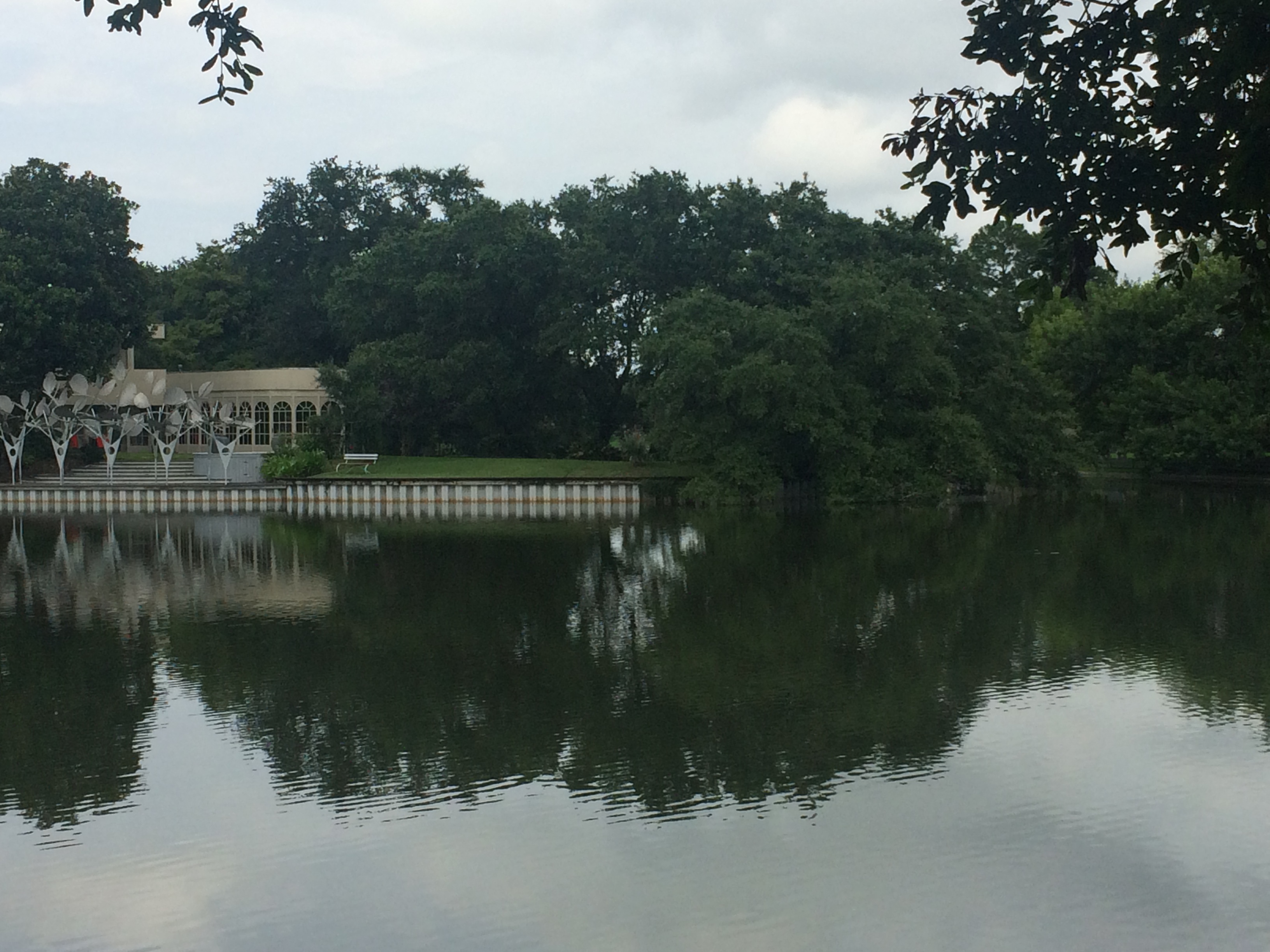

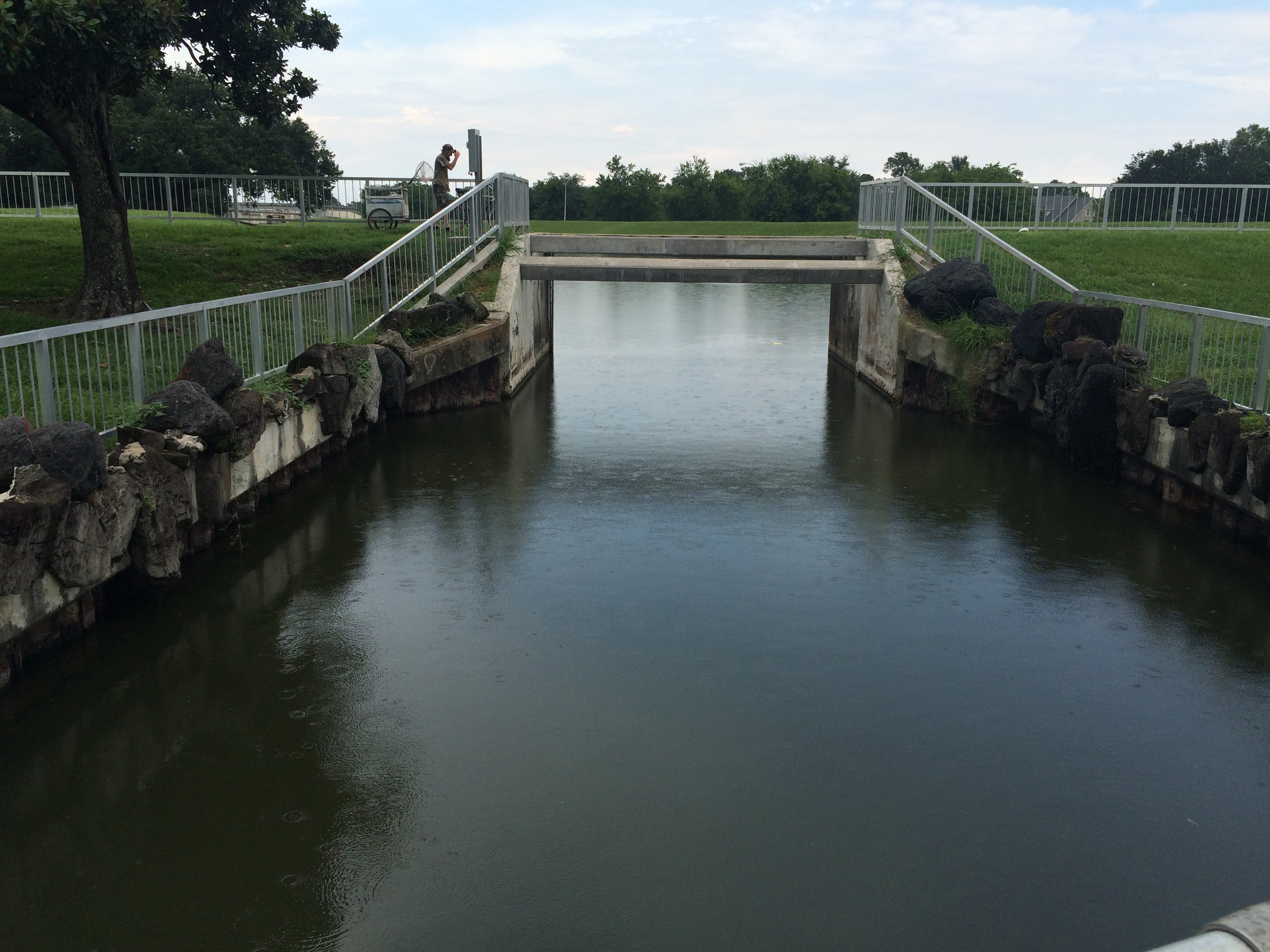
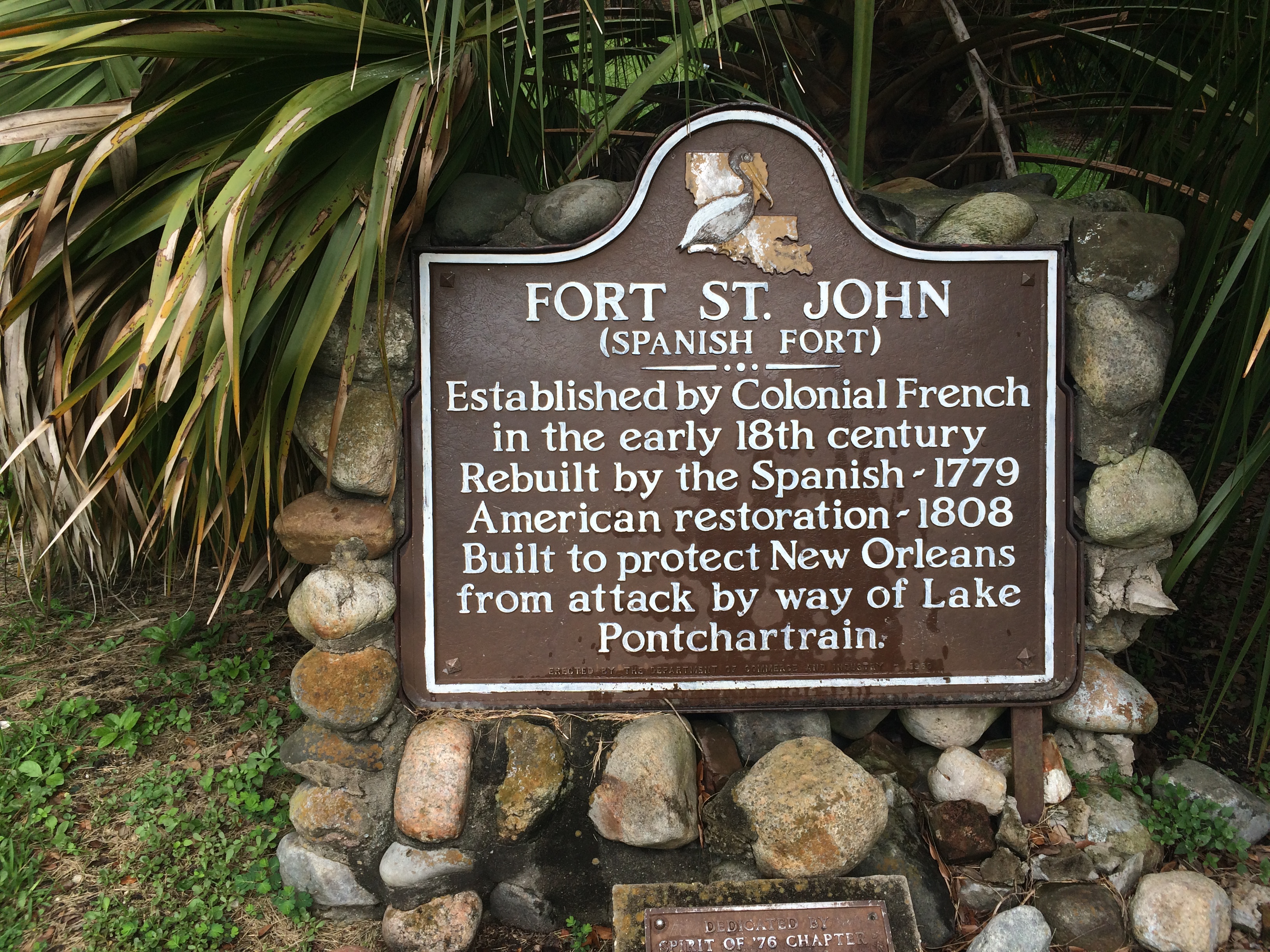
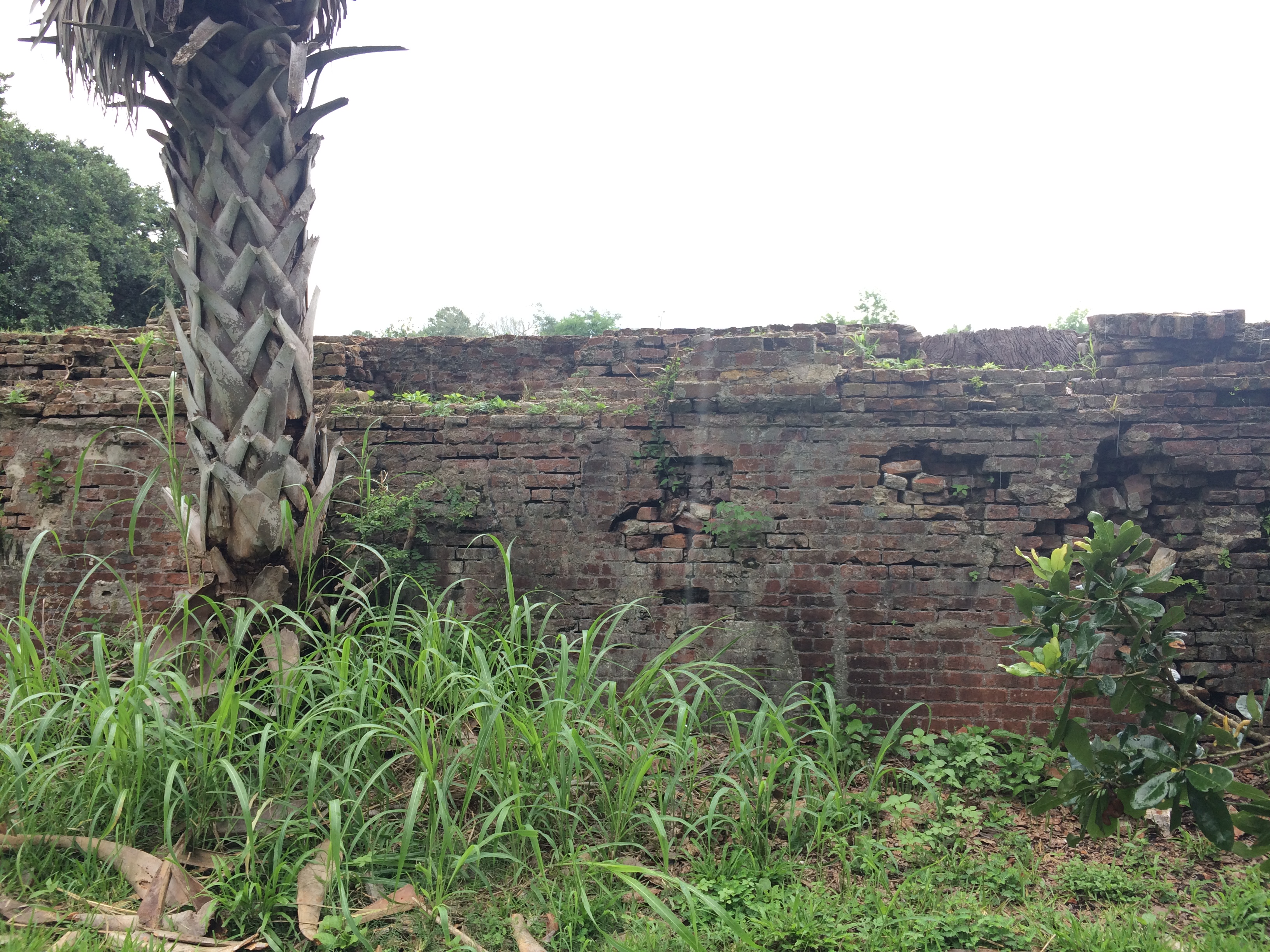
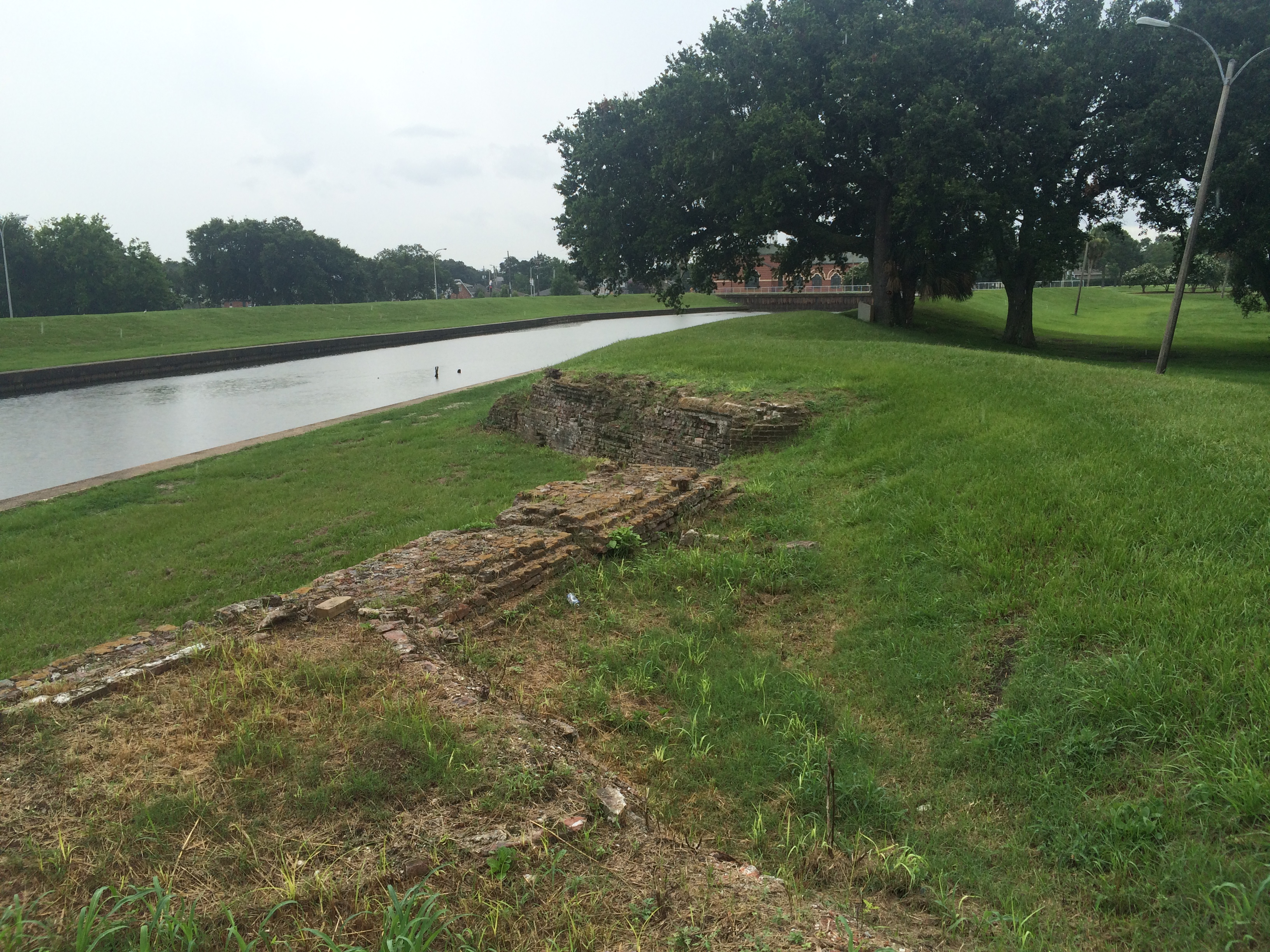
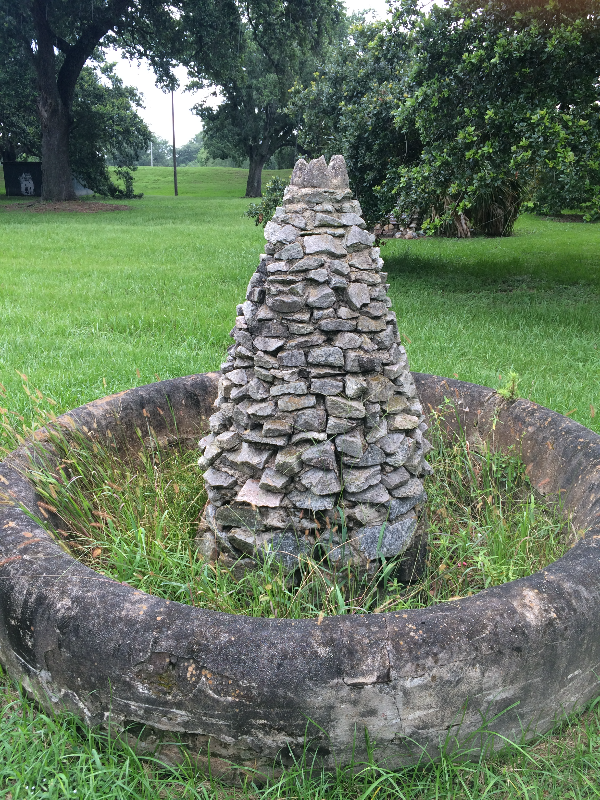
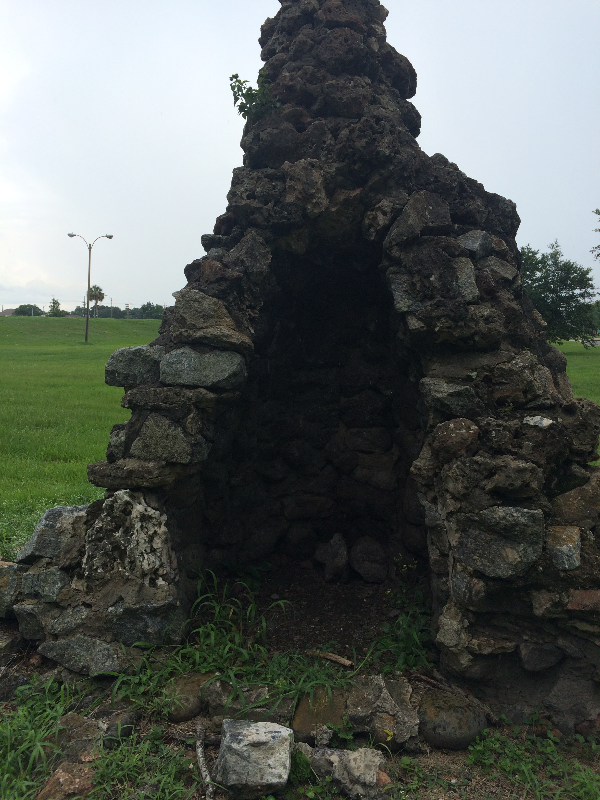
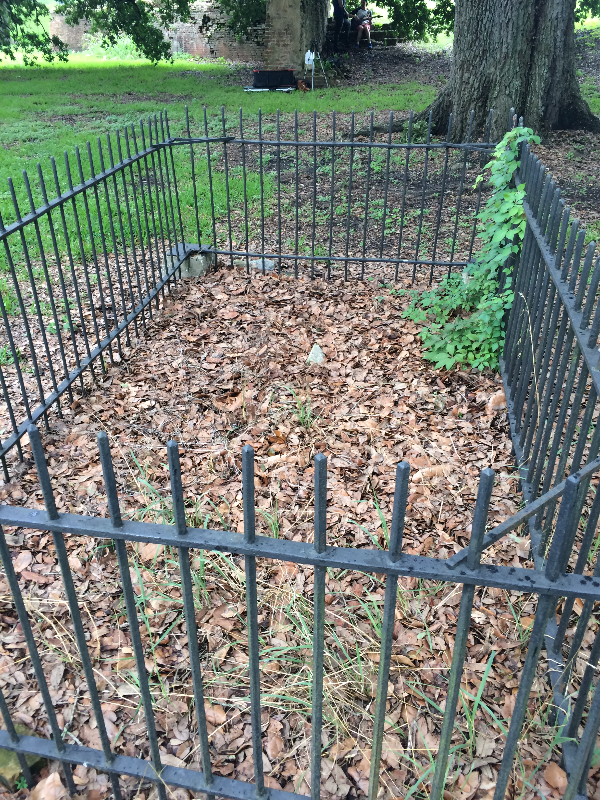 <
<